LUBLIN REGIONAL TOURIST ORGANIZATION
Lublin's tourist office is the ideal starting point for exploring the city. Located at the entrance to the Old Town, it offers a wide range of services to help you plan your stay. Whether you're interested in medieval history, cultural festivals, local cuisine or picturesque landscapes, the office team will be happy to help.
You'll find a range of brochures on the major attractions in and around Lublin, as well as free maps and guided tours.
Did you know? This review was written by our professional authors.
The strengths of this establishment:
Opening hours
Services
- Wi-Fi
- Accessible to people with reduced mobility
- Accommodations for the mentally handicapped
- Accommodations for the hearing impaired
- Facilities for the visually impaired

Further information
Message from Management
Welcome to the region between the Vistula and the Bug Rivers where you will forget about the city rush and discover the essence of life. Surrounded by pristine nature and human hospitality, you will find inspiration for your dreams and passions. The diversity of landscapes stretching between Roztocze and Polesie combined with historic and cultural heritage will never let you get bored. Enjoy a stroll along romantic streets of Zamość Old Town, a bicycle ride in the scenic Kazimierz Landscape Park, a canoe rally on the meandering Bug River and all the other attractions awaiting tourists in the Lubelskie Region.
The Lubelskie Region has long been a meeting point of many cultures, nationalities and religions, traces of which can be seen in historic architecture. Only here can you find Orthodox, Neo-Uniate, Catholic and Protestant churches, Jewish synagogues and Tatar cemeteries located in close proximity, often within the same village or town. In Włodawa, a small town on the Polish-Ukrainian borderland, three major religions have coexisted for centuries: Roman Catholicism, Orthodox Christianity and Judaism. The most beautiful example of the symbiosis of Eastern and Western traditions is the Holy Trinity Royal Chapel decorated with Russo-Byzantine frescoes painted in the first half of the 15th c.
Our region abounds in cultural events, festivals and fairs, which are a fantastic opportunity to get to know local history and culture, folk art, craft and music, as well as to taste delicious traditional specialities. There are cross-border events, such as the Festival of Three Cultures and the European Days of Good-Neighbourliness, which highlight the inimitable multicultural character of the Lubelskie Region.
Visit the Lublin Region and experience its unique atmosphere.
Our offers and services
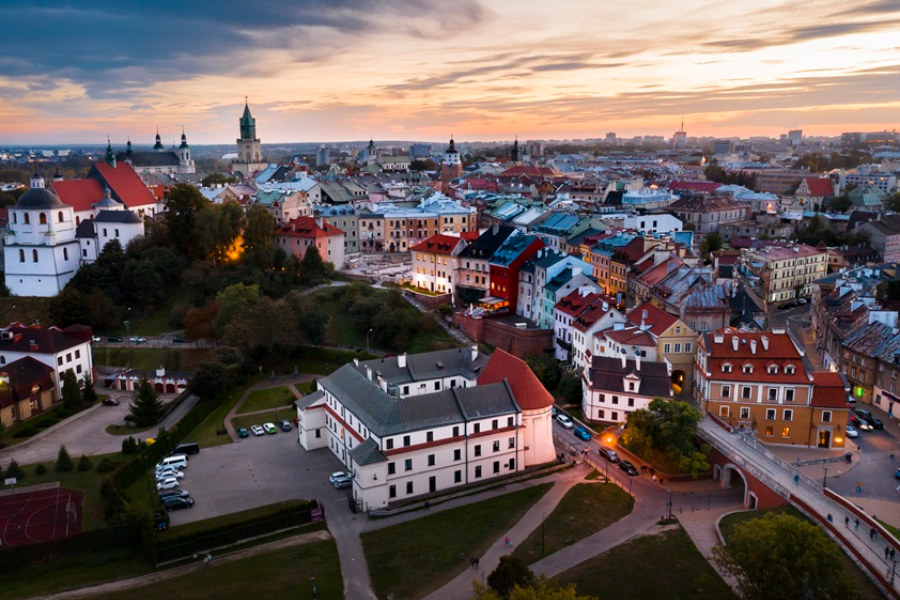
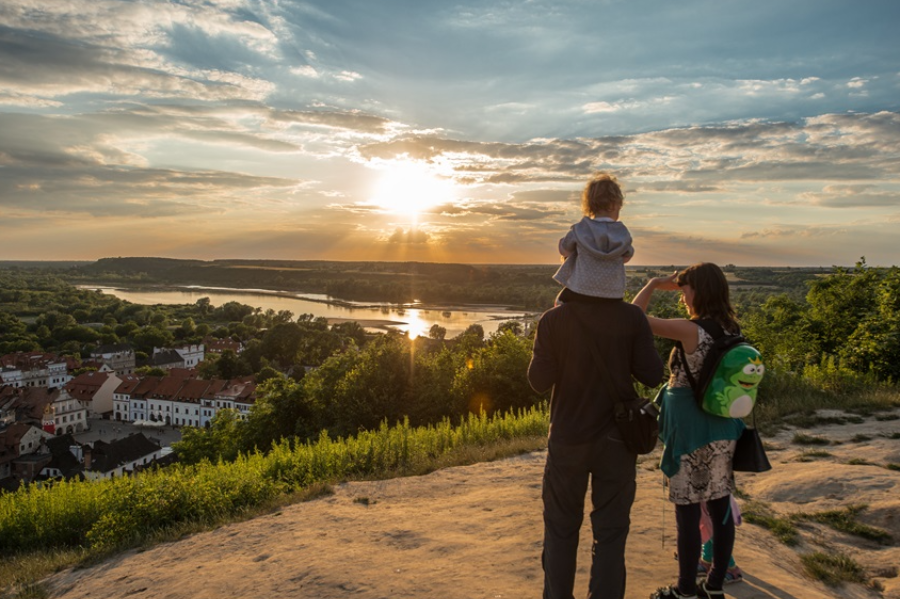

Choose destination Lubelskie
Located in eastern Poland, the Lubelskie Region is a space where contact with culture and nature becomes the basis for rest and regeneration. Tourists appreciate the variety of leisure activities, the openness of the locals, and the tasty cuisine. They emphasize the authenticity and uniqueness of the atmospheric cities and towns: Lublin, UNESCO-listed Zamosc, Biala Podlaska, Chelm, Wlodawa, Naleczow, Pulawy or Kazimierz Dolny.
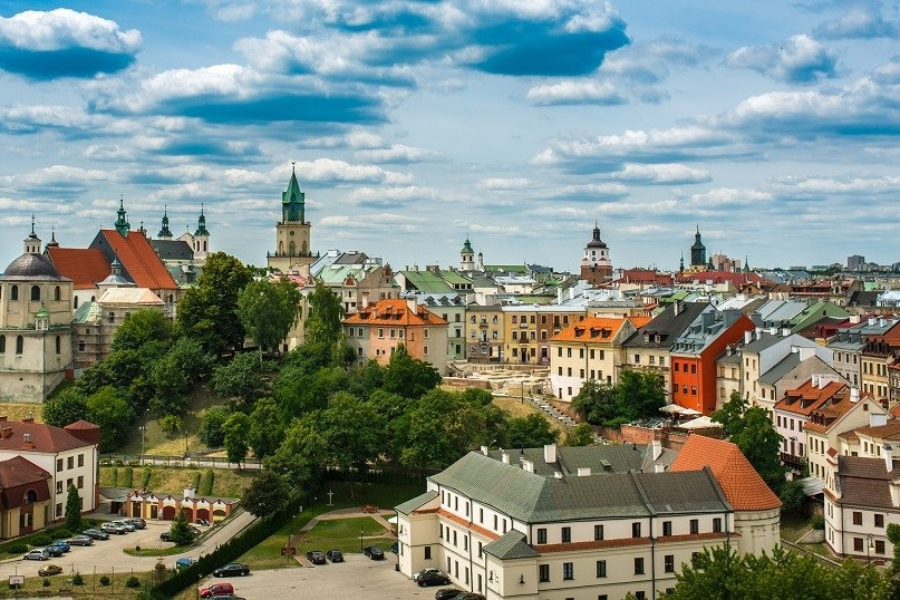
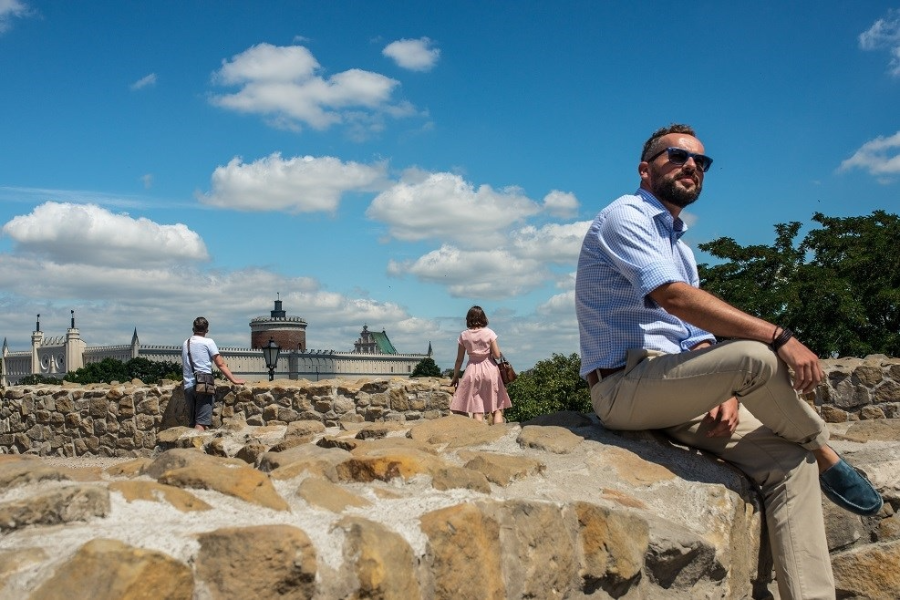
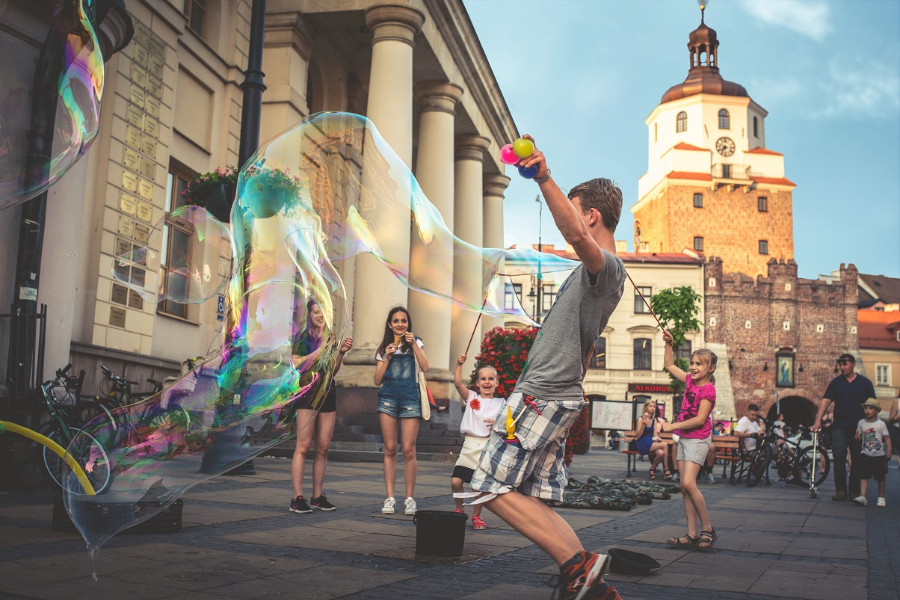
Lublin
Lublin is one of the most attractive cities in Poland, appreciated as the Polish Tourist Brand and recently designated the European Capital of Culture for 2029. The city's multicultural, over 700-year history is confirmed by numerous monuments, one of the most valuable ones being the Holy Trinity Chapel.
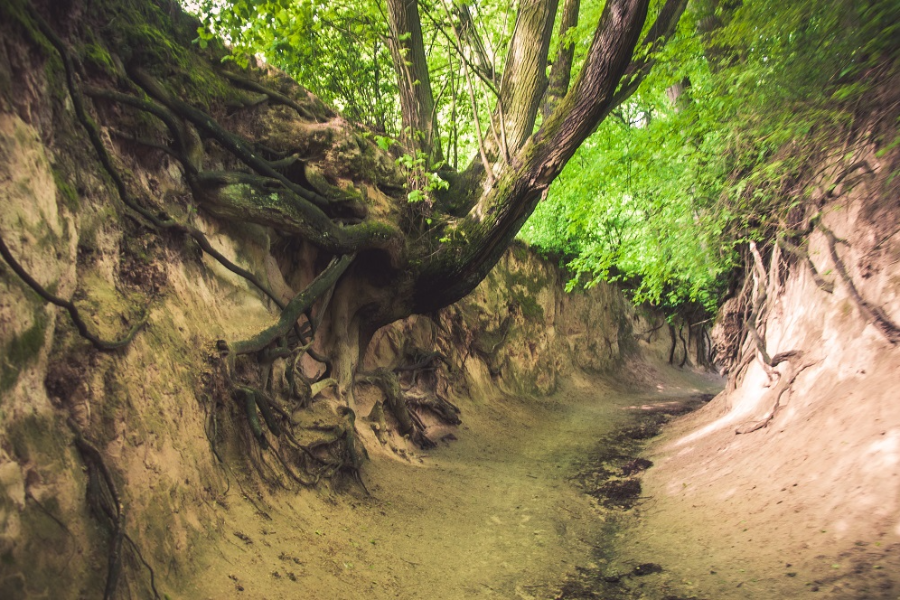

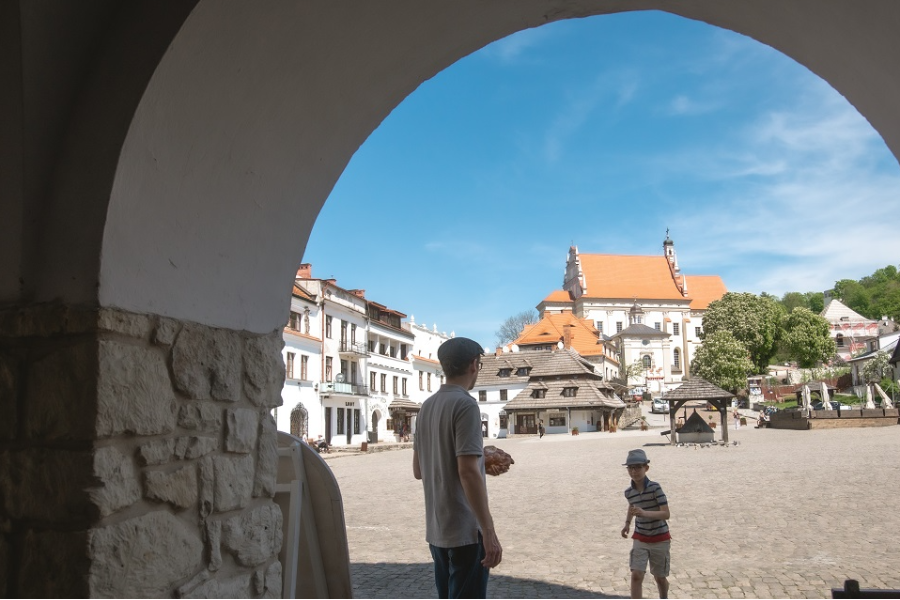
The Land of Loess Ravines
The Land of Loess Ravines is known for charming landscapes, valuable natural areas, unique loess gorges, interesting architecture, and a visible respect for tradition all create a perfect scenery for leisure and recharging batteries.
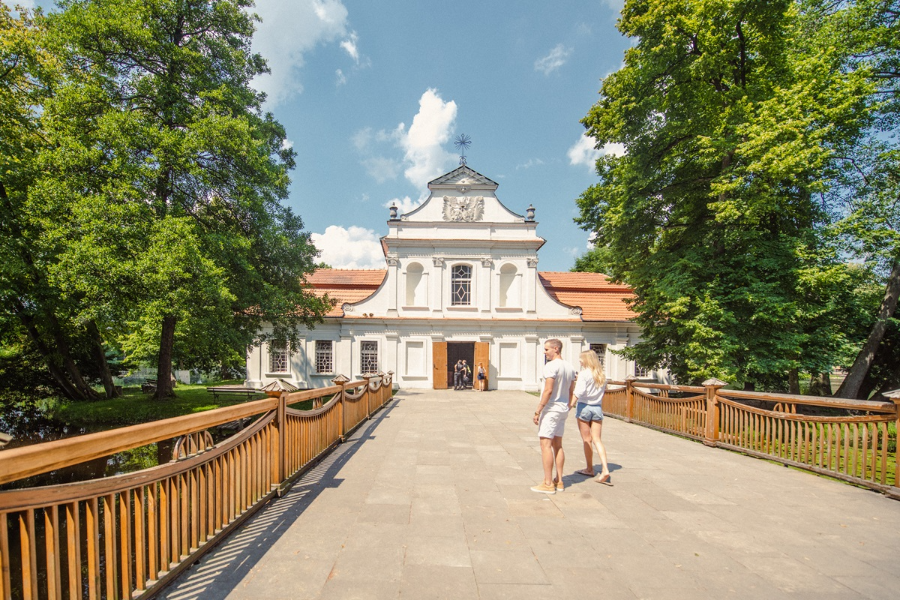
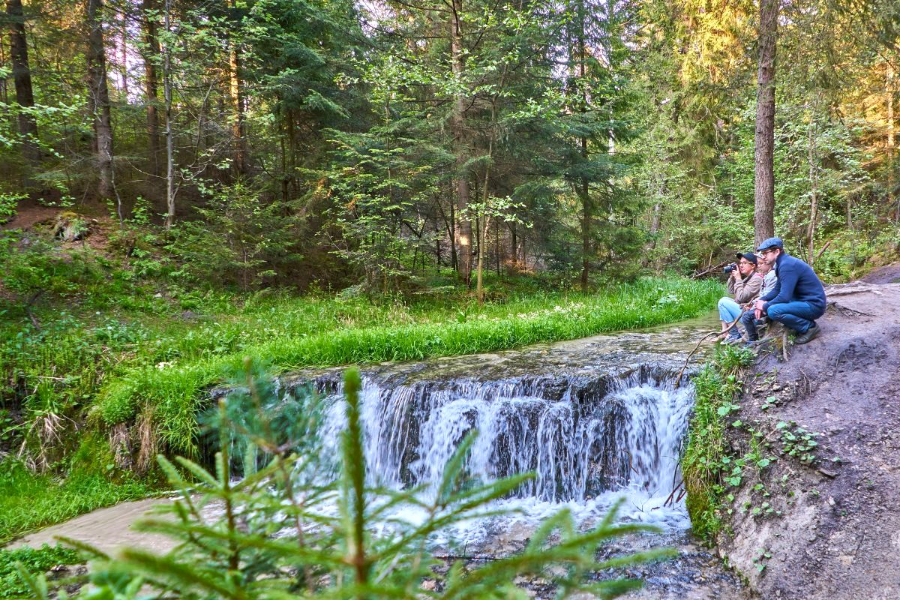
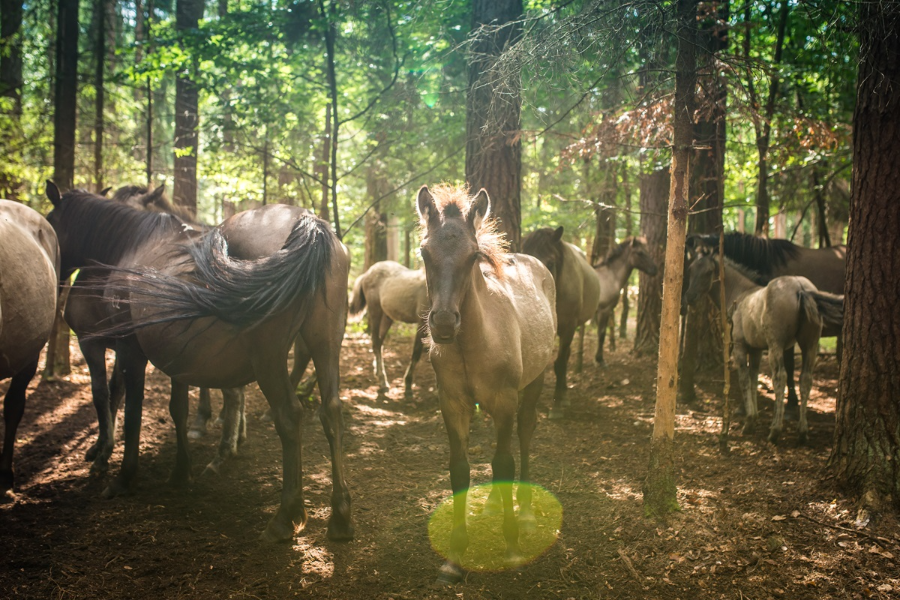
Roztocze
Roztocze is a picturesque land stretched from Polish Kraśnik to Ukrainian Lviv along a narrow range of hills. It is characterized by dense forests, sparse buildings, silence and a climate unique for the whole country. The most valuable forest areas have been protected as part of the Roztocze National Park.
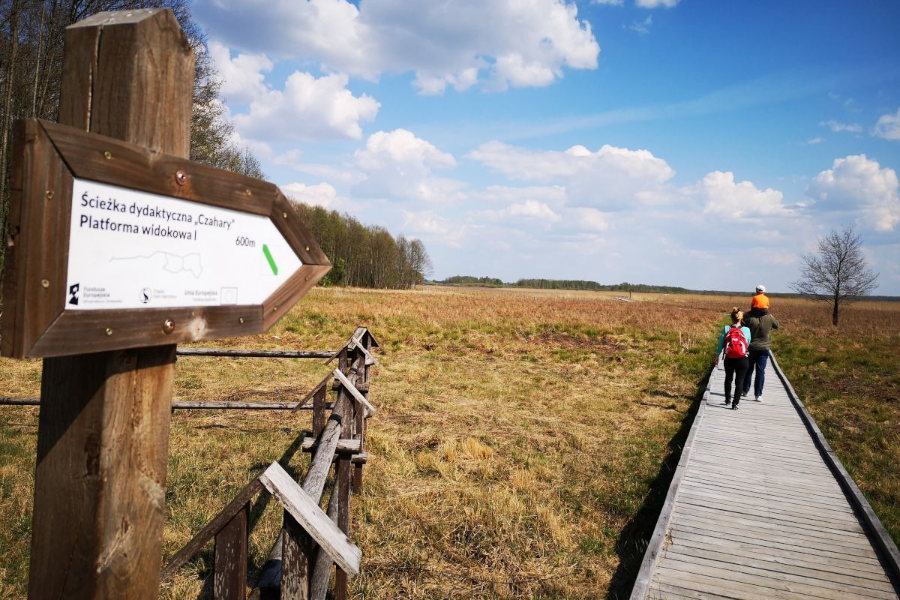
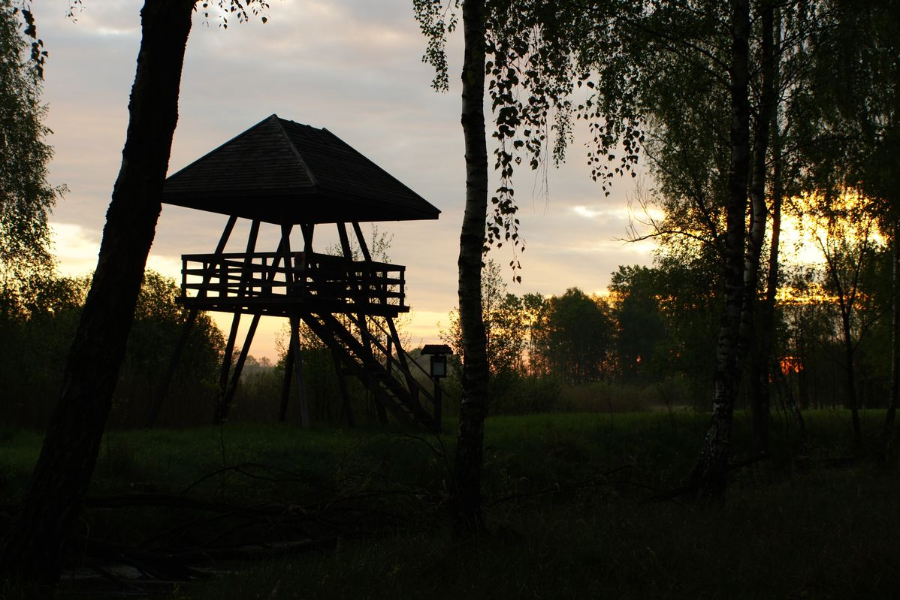
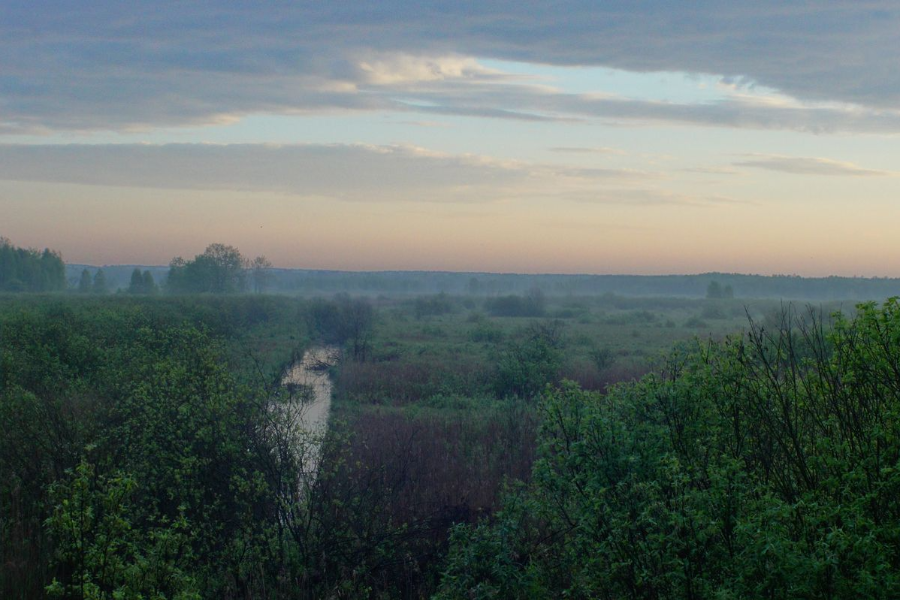
Polesie
Polesie is a land of lakes, forests, swamps and marshes. The most valuable parts of the Polish part of Polesie have been protected within the Poleski National Park. Nature trails, equipped with kilometres of wooden footbridges and observation towers, allowing close-up views of nature, have been marked out in the Park.
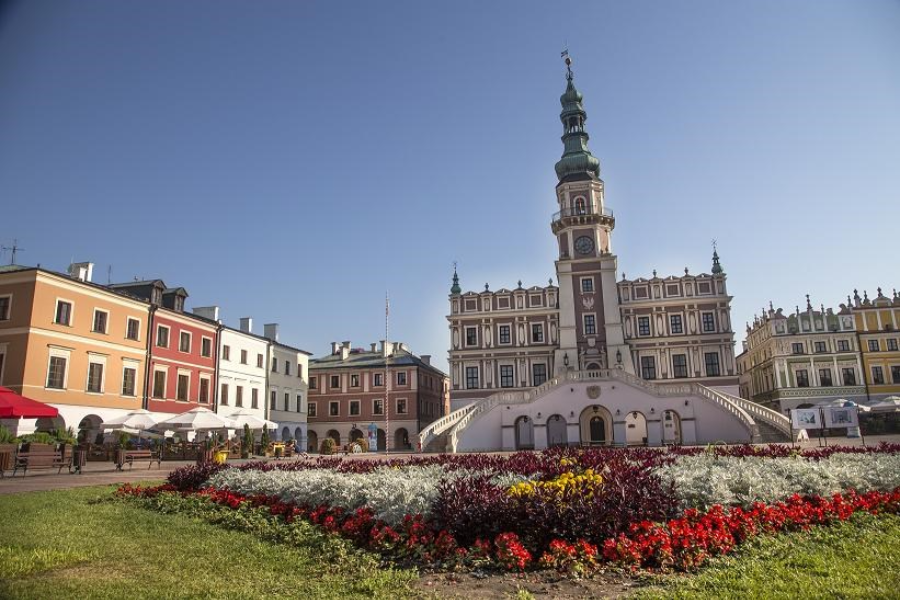
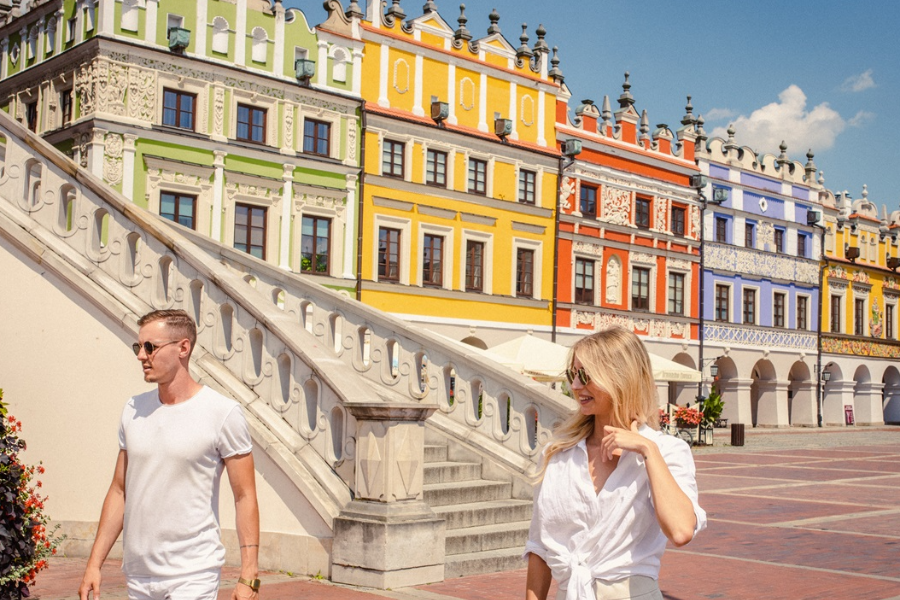
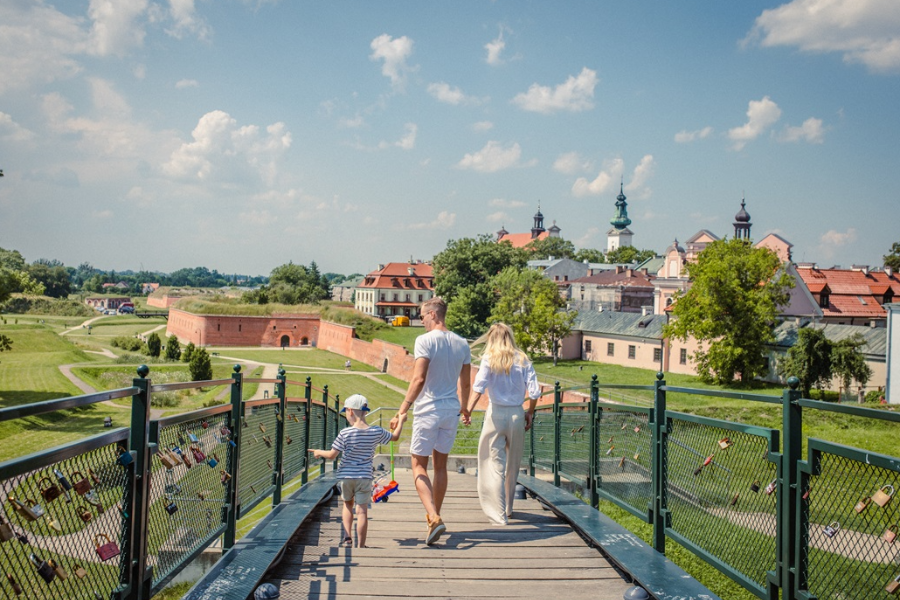
Zamosc
The city was founded in the XVI century by Crown Hetman Jan Zamoyski. Designed by an eminent Italian architect Bernardo Morando, the city-fortress was inscribed on the UNESCO World Heritage List in 1992 as an architectural and urban complex.
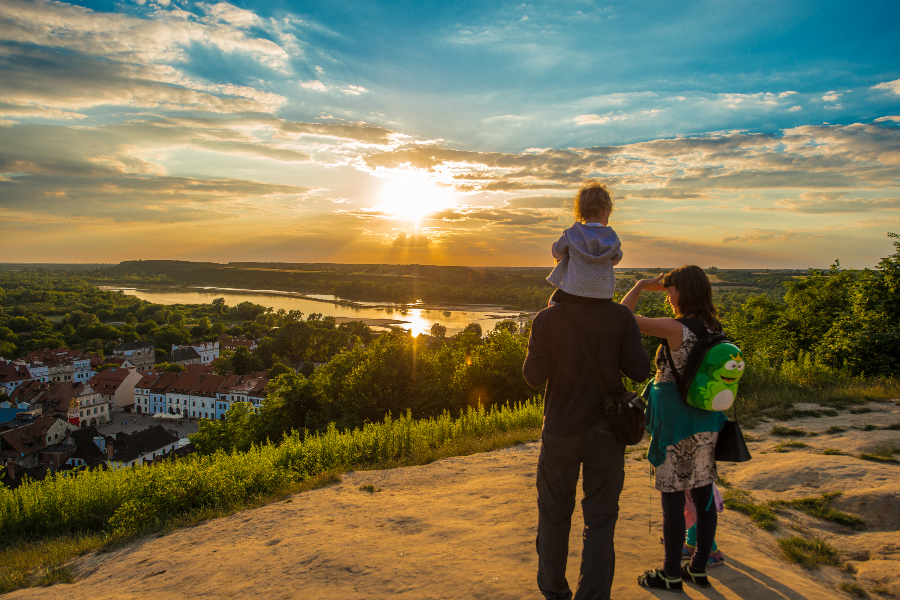
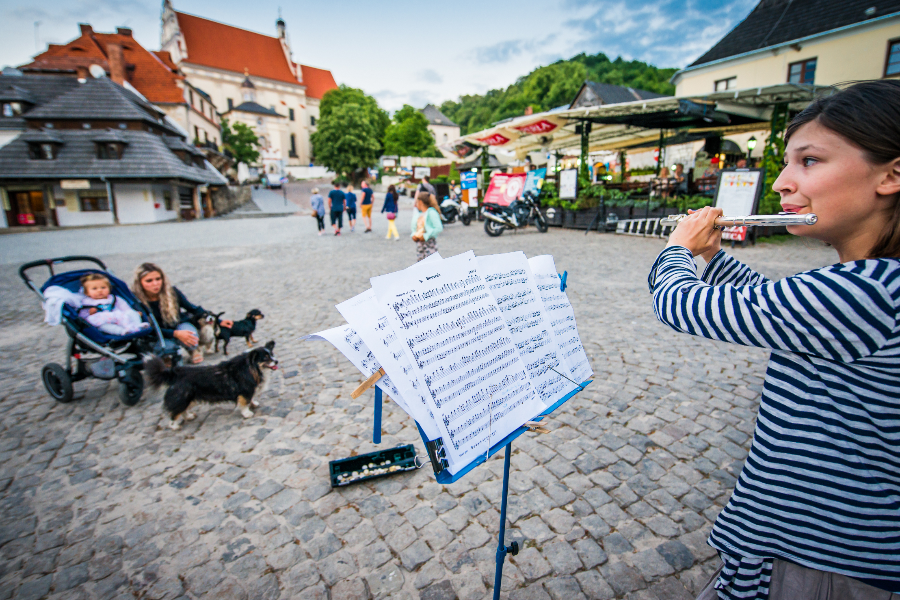
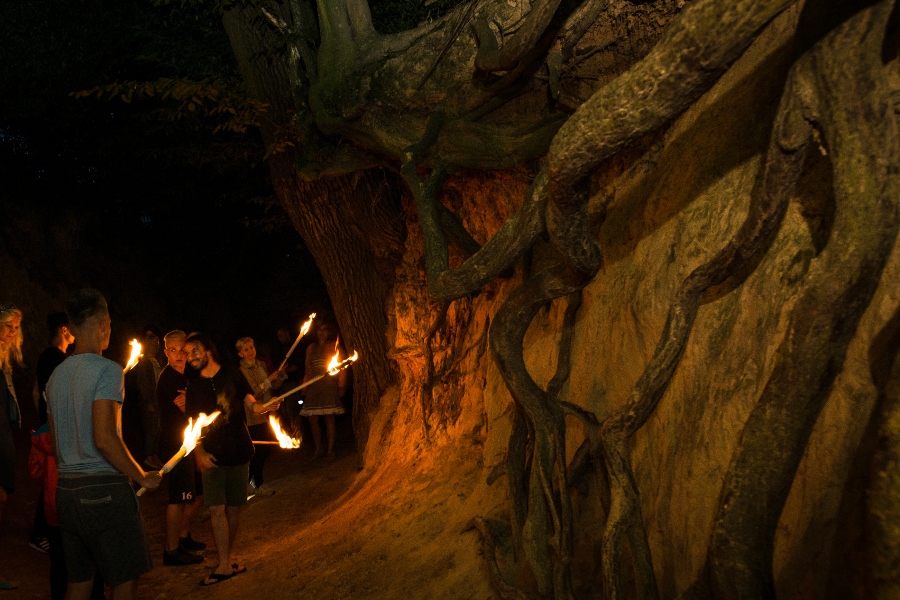
Kazimierz Dolny
Kazimierz Dolny is a favorite place of the painters, photographers, and filmmakers. It owes its fame to the great harmony of the landscape, combining the nature of the Lesser Poland Gorge of the Vistula River with wonderful architecture. The Kazimierz Landscape Park surrounds the town. It is a perfect place for walking the paths leading through loess gorges and high slopes with viewpoints over the panorama of the Vistula river.
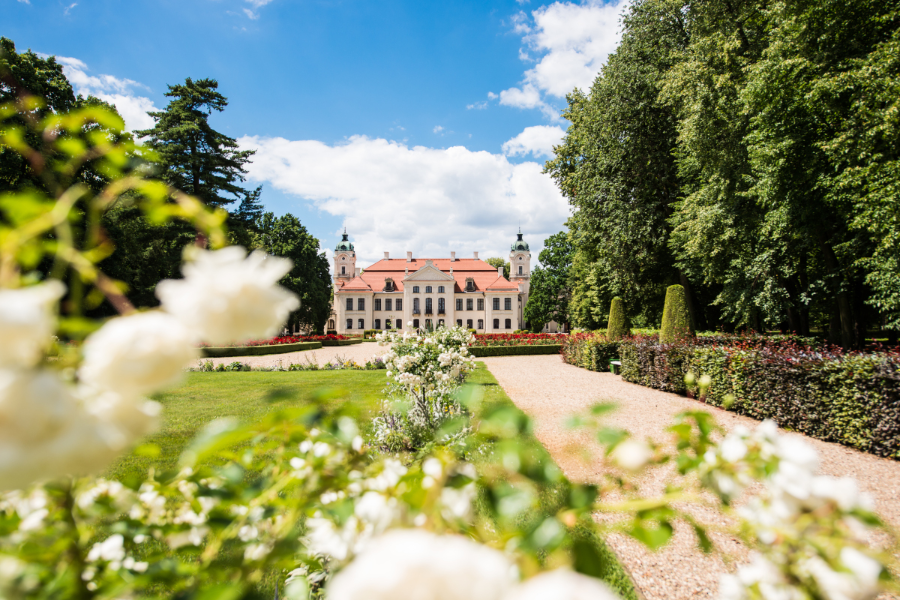
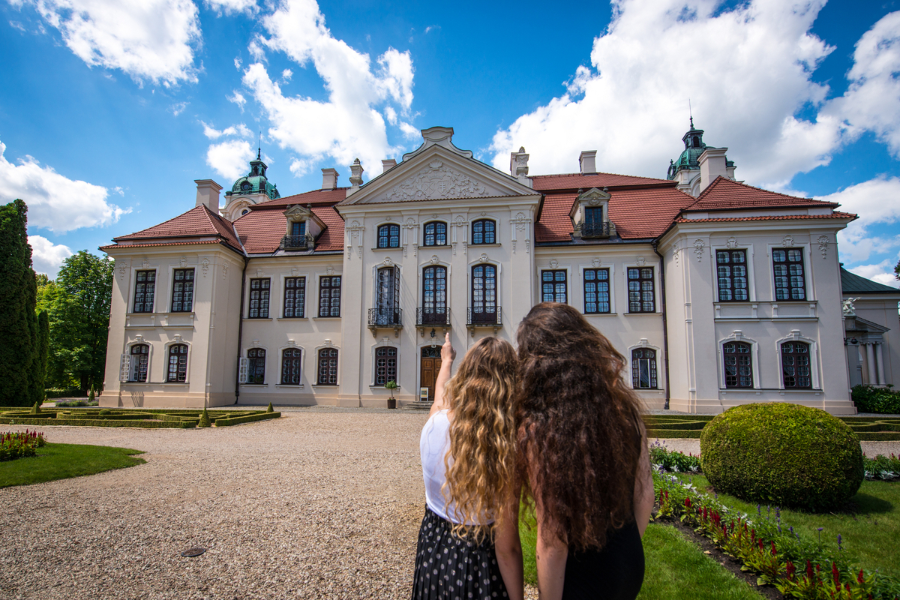
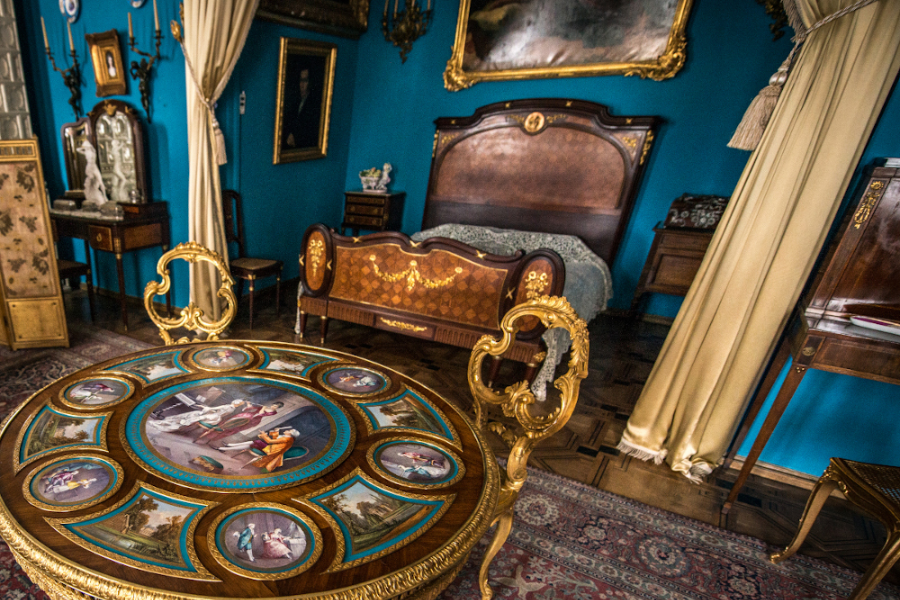
Kozlowka
The Zamoyski Museum in Kozłówka is one of the most beautiful and popular Polish palace museums, located in the vicinity of the Kozłowiecki Landscape Park. The museum is housed in a palace and park complex, which was founded in the first half of the 18th century, and rebuilt at the turn of the 19th and 20th century by Count Konstanty Zamoyski. The interiors in the style of the Second Empire have been perfectly preserved.

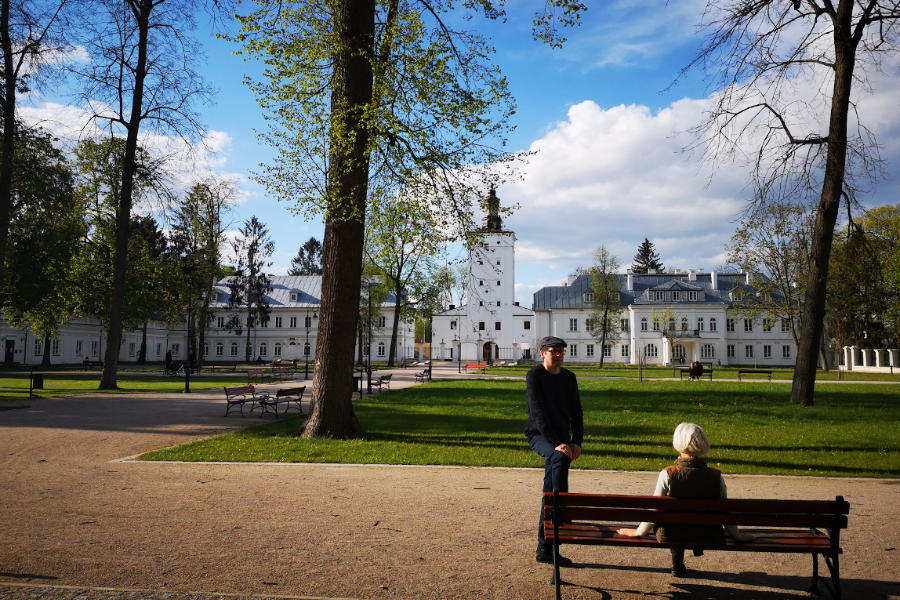
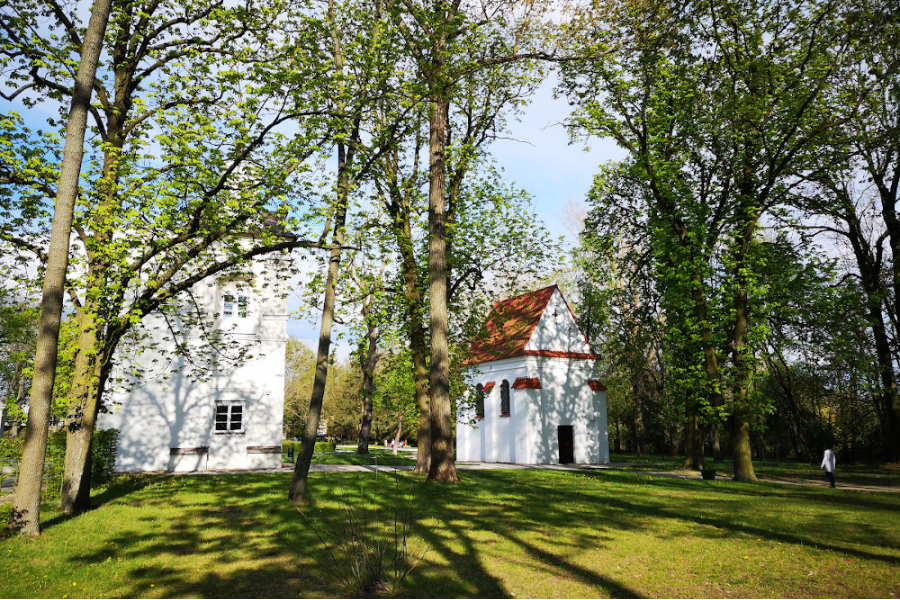
Biala Podlaska
Biala Podlaska was once a property of the Radziwill family, associated primarily with the magnificent castle complex from the 17th-18th century and the valley of the Krzna River, a picturesque tributary of the Bug River. Visitors will be interested in the Museum of Southern Podlasie, presenting the collection of Bazyli Albiczuk's works and one of the largest collections of Russian icons from the 17th and 19th centuries in Poland.
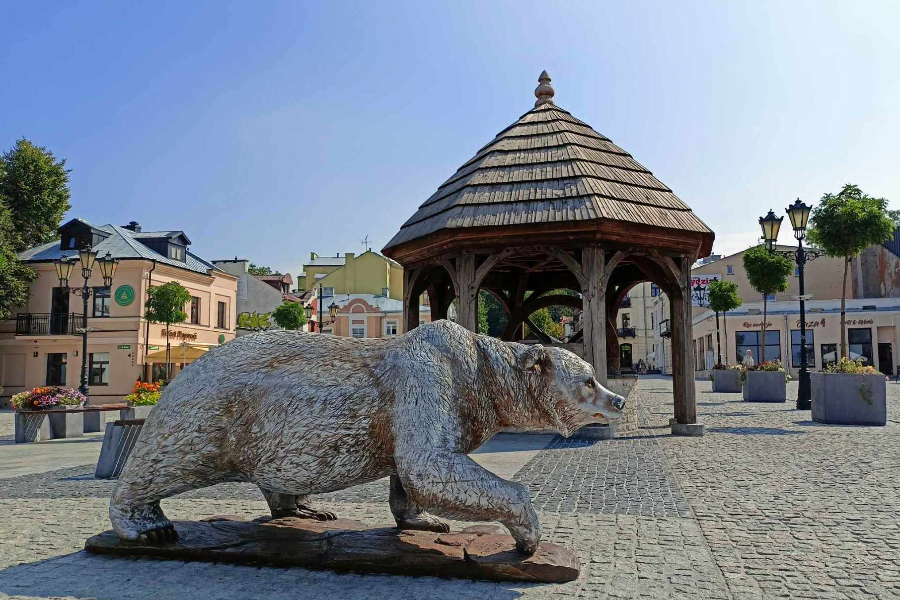
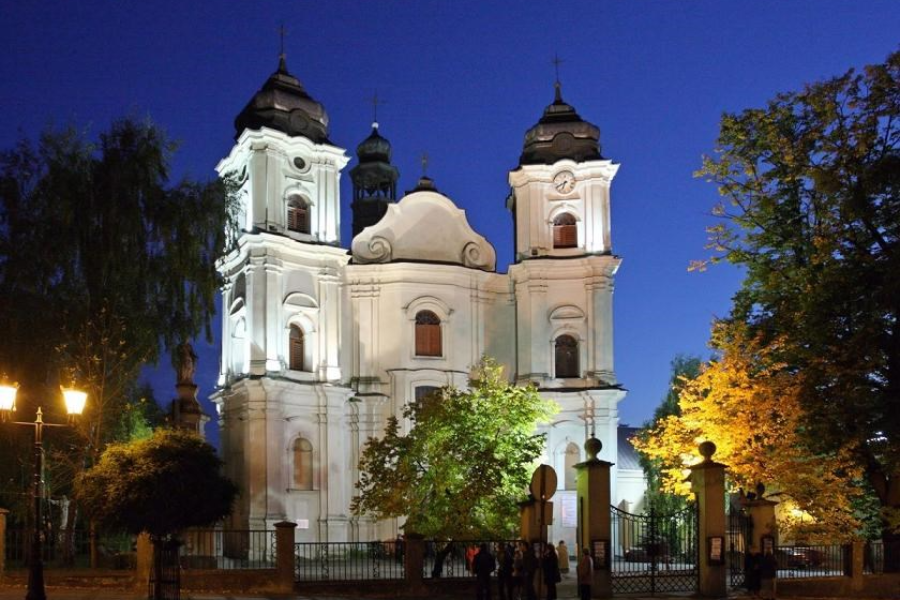
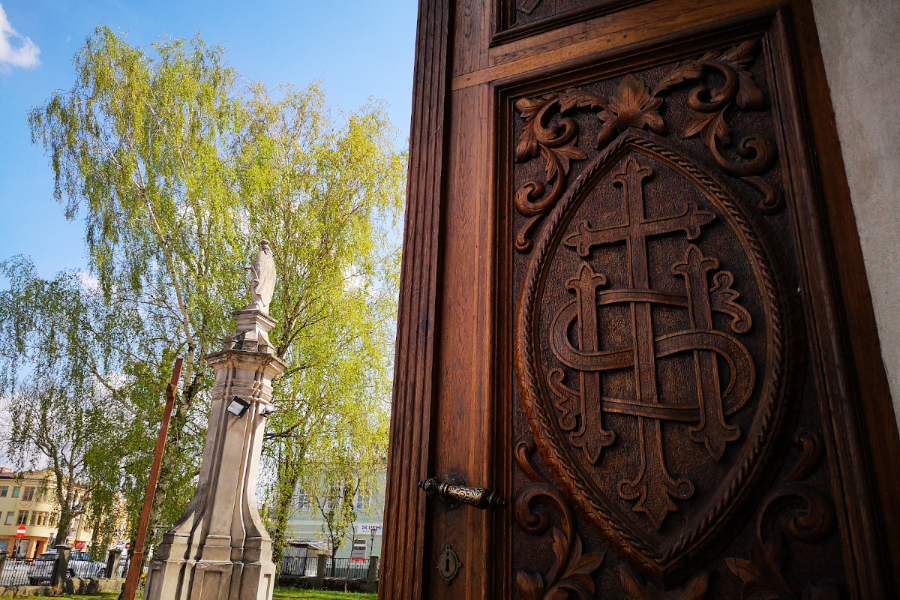
Chelm
Picturesquely located by the Uherka River near the Ukrainian border, Chełm is famous for its unique chalk tunnels, one of a kind in Europe. The oldest monuments in Chełm, located on the hill known as Chełm Hill, include the remains of an early-medieval ducal settlement and a former Uniate cathedral complex from the 18th century. Architecture and art enthusiasts will surely be interested in the rich collections of the Museum of the Chełm Land, the Baroque Church of the Dispersion of the Apostles, designed by the famous architect Paweł Fontana, the Orthodox Church of St. John the Theologian, and the modernist "Dyrekcja" housing estate.
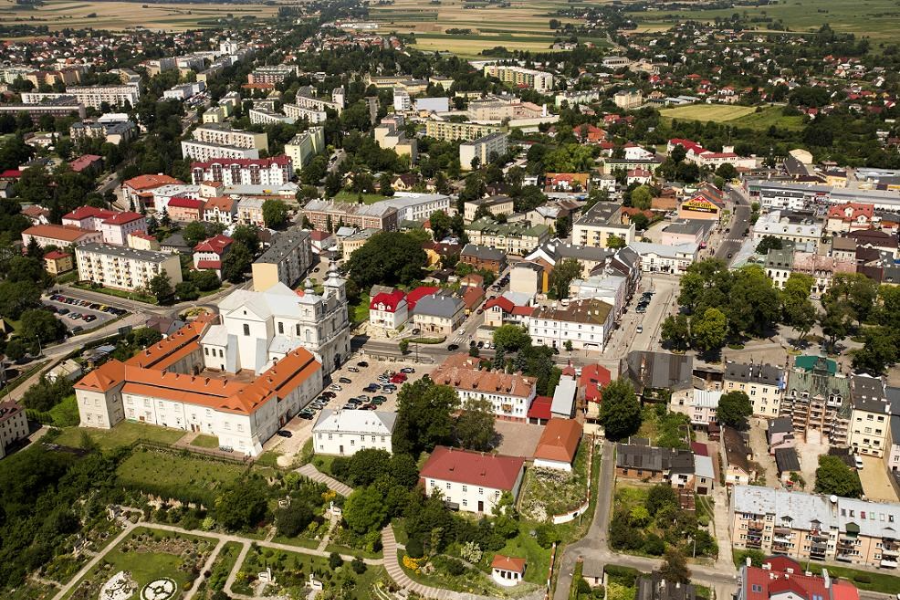
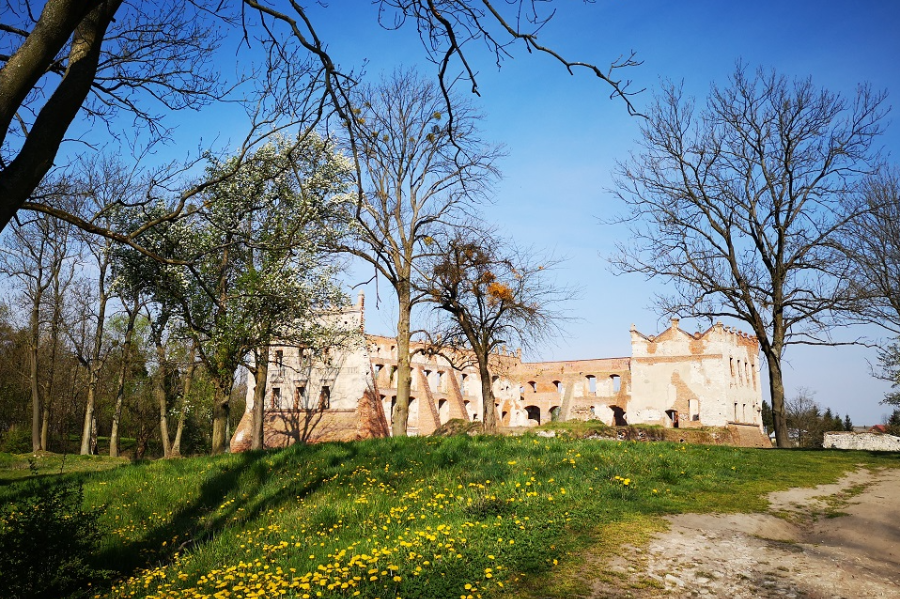
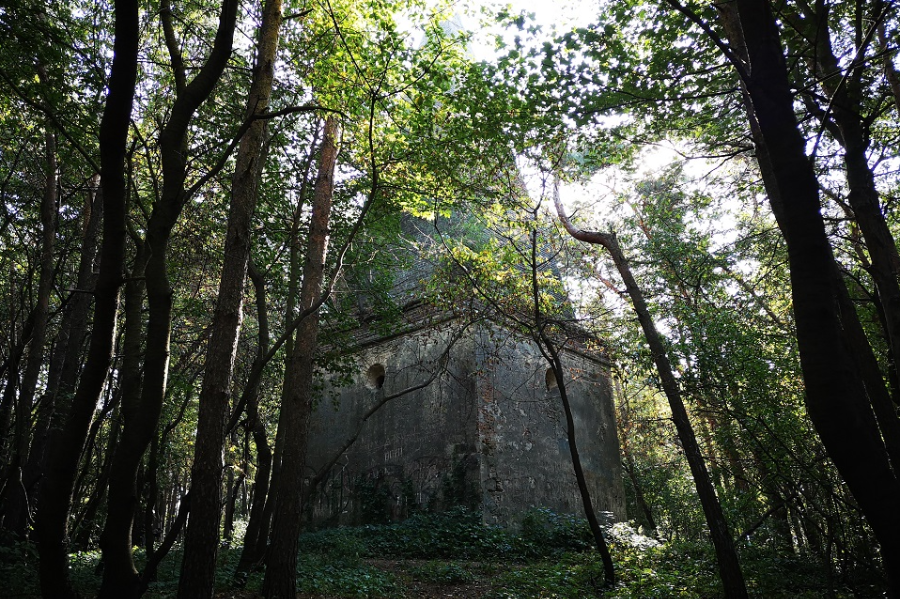
Krasnystaw and its surroundings
Krasnystaw, situated on the Wieprz River, has an interesting history. One of the most valuable monuments in the city is the Baroque Church of St. Francis Xavier, dating back to the turn of the 17th and 18th centuries. The building of the former Jesuit college next to the church currently houses the Regional Museum. There is also a historic post-Augustinian church and monastery complex nearby. Every year in August, the town hosts the "Chmielaki Krasnostawskie" National Brewer's Festival.
Near Krasnystaw, in the village of Krupe, lie the ruins of the Renaissance castle of the Orzechowski family, erected at the end of the 16th century. Another point of interest is one of the oldest and largest pyramids in Poland, an Arian tomb, located on a forested hill near the village of Krynica.
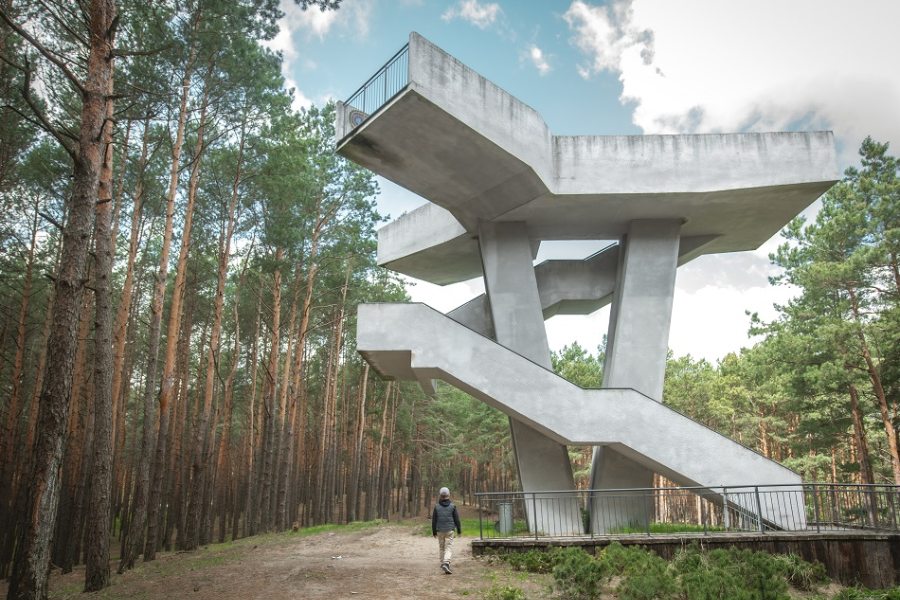
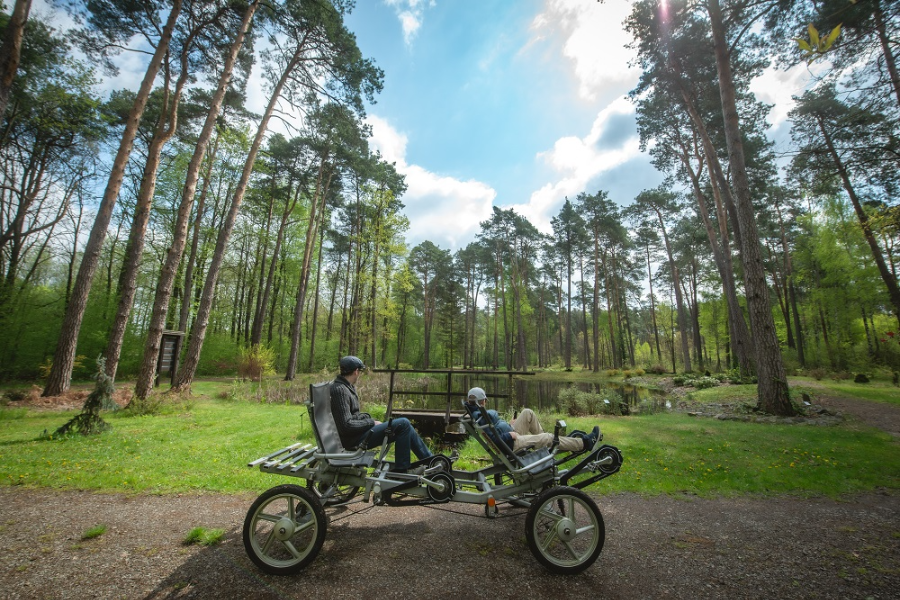
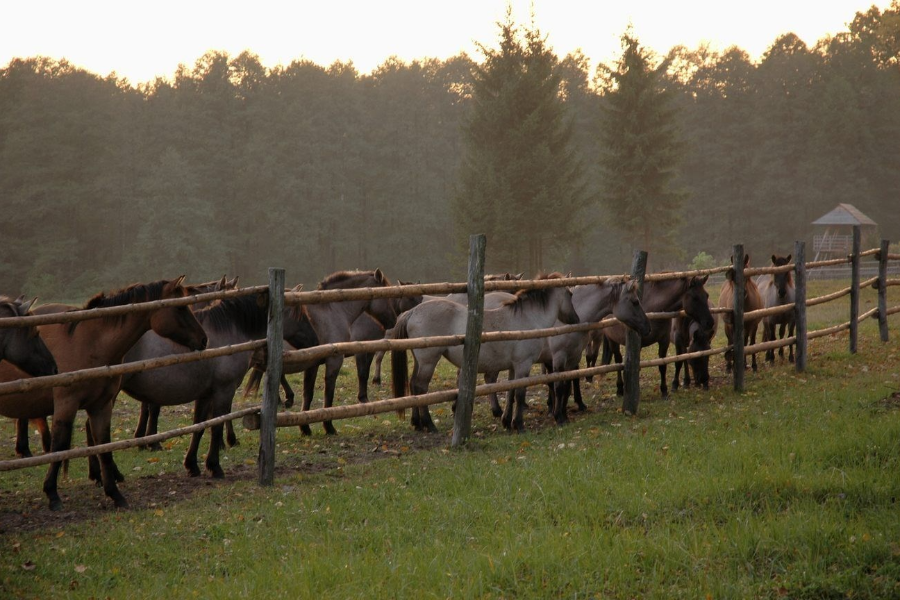
The Janów Forests
The Janowskie Forests form the largest forest complex in Poland, highly valued for offering the chance to experience the closeness of nature. The most visited places include the Imielty Lug Reserve and Porytowe Hill, the site of the largest guerrilla battle of World War II. Nearby, you’ll find the Szklarnia Reserve near Janow Lubelski, where a Bilgoraj pony refuge has been established, and the Arboretum, an attractive spot for Nordic walking, jogging, or leisurely walks.
It’s a good idea to begin your visit to the Janowskie Forests at Zoom Natury, a large educational and recreational complex located by the reservoir in Janow Lubelski.
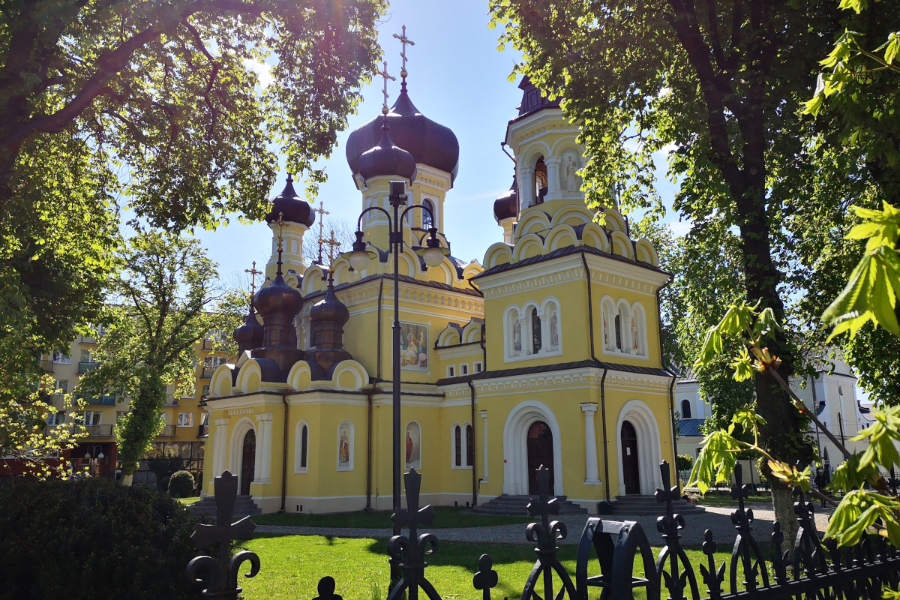
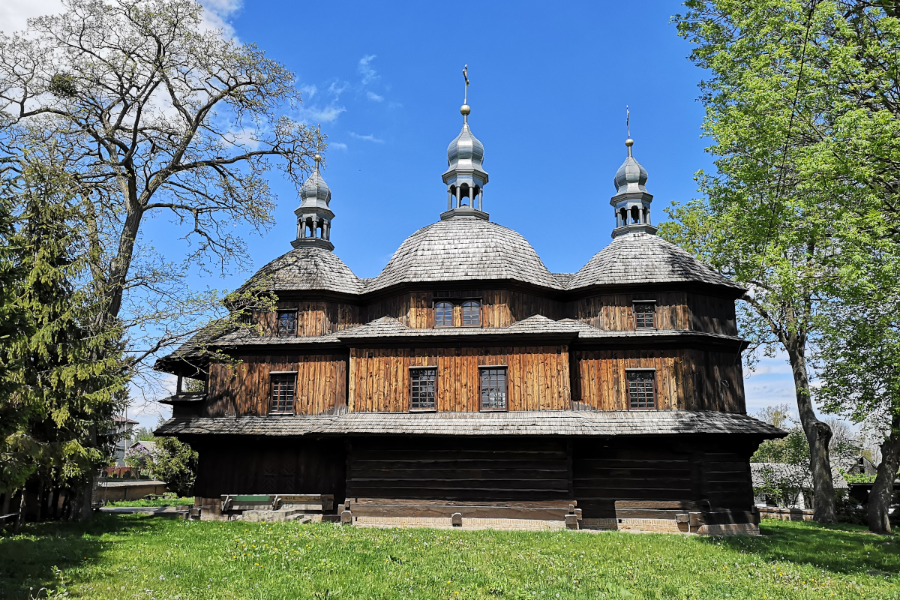
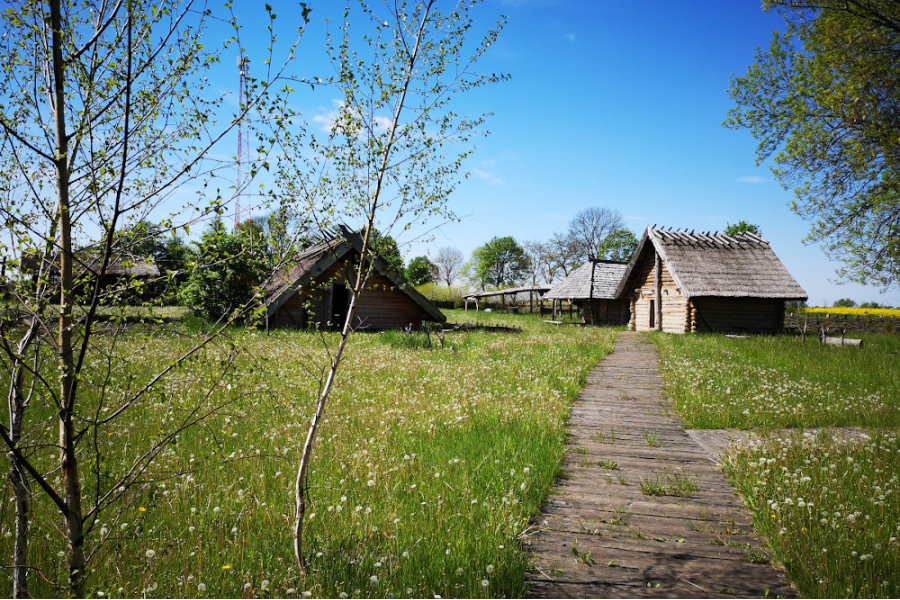
The Hrubieszów Land
The Hrubieszów Land is full of picturesque landscapes of rolling fields. Hrubieszów is the easternmost city in Poland. It is here that the beautiful Orthodox Church of the Dormition of the Blessed Virgin Mary, with its thirteen domes, is located. Among the oldest historic sites are the former Dominican Church of St. Nicholas, the Church of St. Stanislaus Kostka, the Baroque parish house (birthplace of the renowned Polish writer Aleksander Głowacki, better known as Bolesław Prus), and the Du Chateau manor (now a museum).
The Goth Village in Masłomęcz is a place where you can come face to face with one of the most fascinating cultures of ancient Europe. Reconstructed Gothic huts allow you to see how everyday life looked between the 2nd and 4th centuries. The Hrubieszów area is also home to numerous wooden Orthodox churches, with one of the most beautiful located in Chłopiatyn.
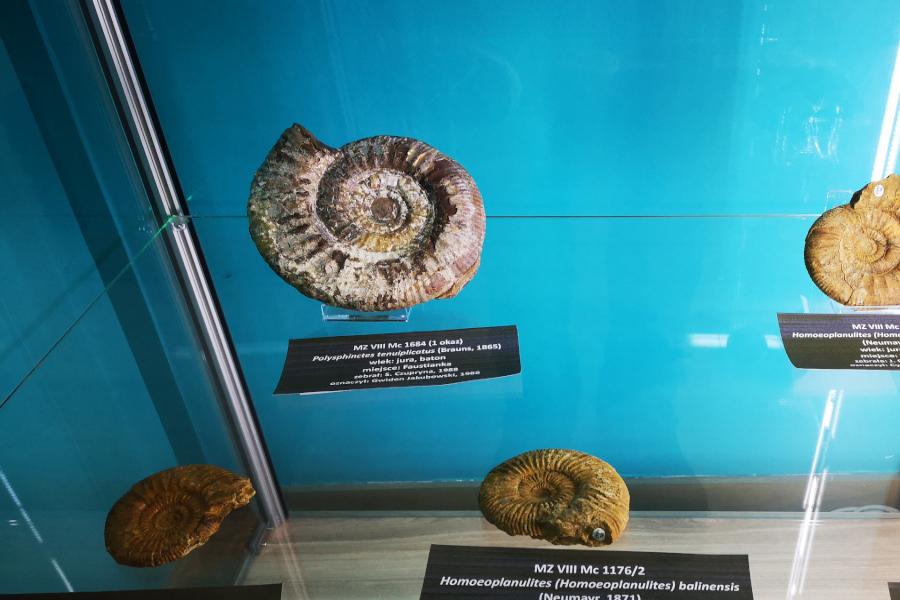
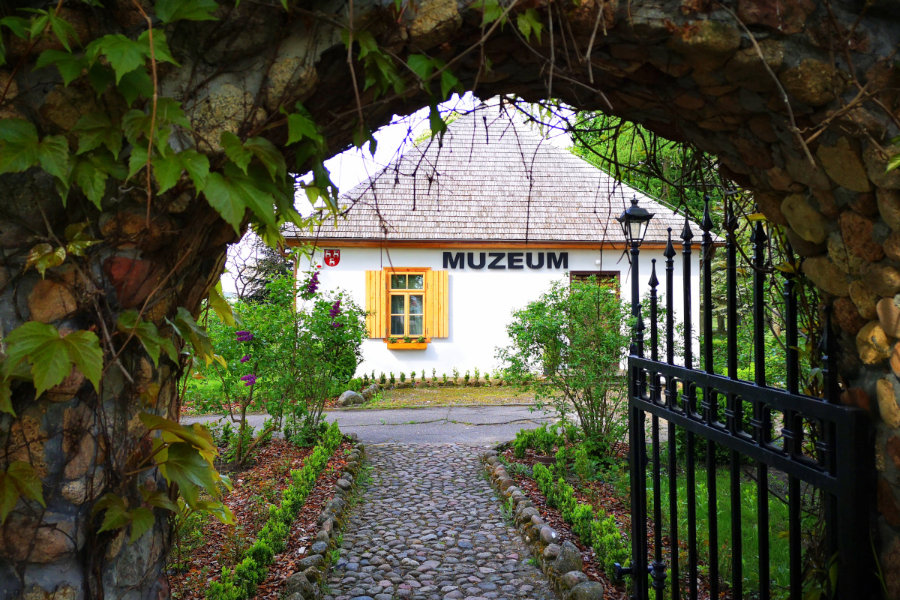
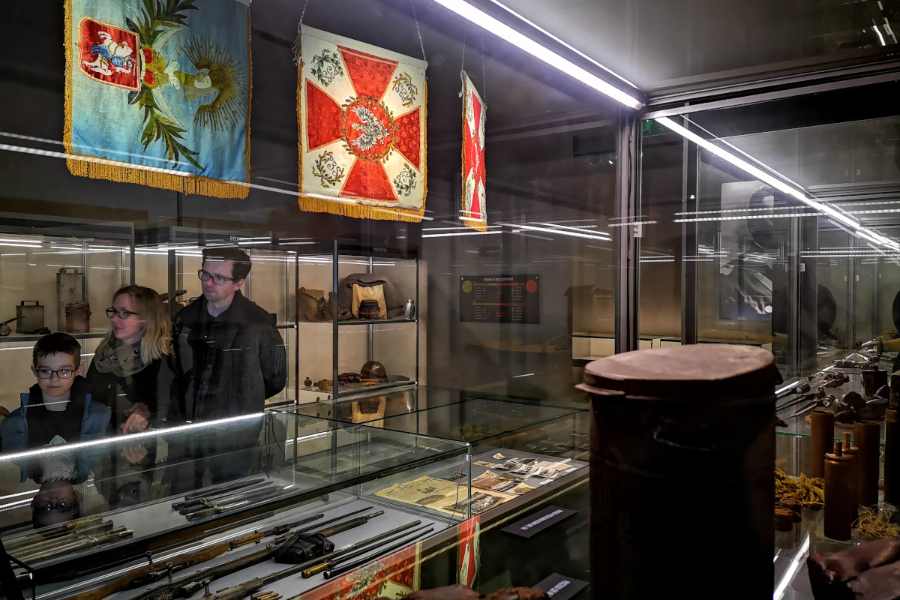
The Lukow Land
The historical capital of these lands is Lukow. In the city, there are two Baroque church and monastery complexes from the 18th century—one post-Bernardine and one post-Piarist. Part of the monastery buildings houses the Regional Museum, which features rich ethnographic, geological, and archaeological collections.
Another must-visit place is Wola Okrzejska, the birthplace of Polish Nobel Prize winner Henryk Sienkiewicz. The local museum has an extensive collection of family photographs, the writer’s personal souvenirs, and a unique collection of first editions of his works.
An attractive point of interest on the trip will definitely be Wola Gulowska. There, at the parish cemetery, we can see the headquarters of General Kleeberg's soldiers from the Independent Operational Group "Polesie," who died between October 3 and 5, 1939. Their memory is honored by the Museum of the Kleeberg Soldiers’ Fighting Act.
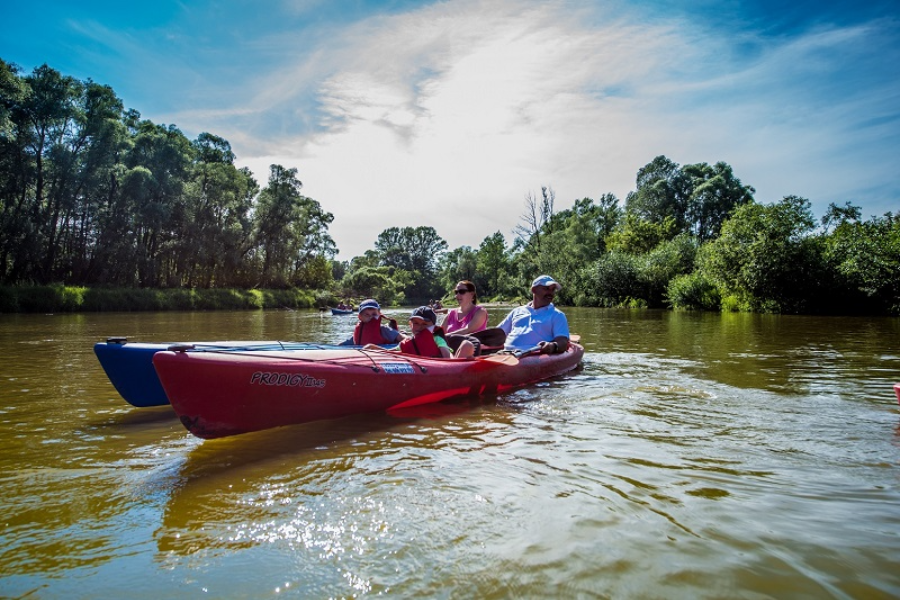
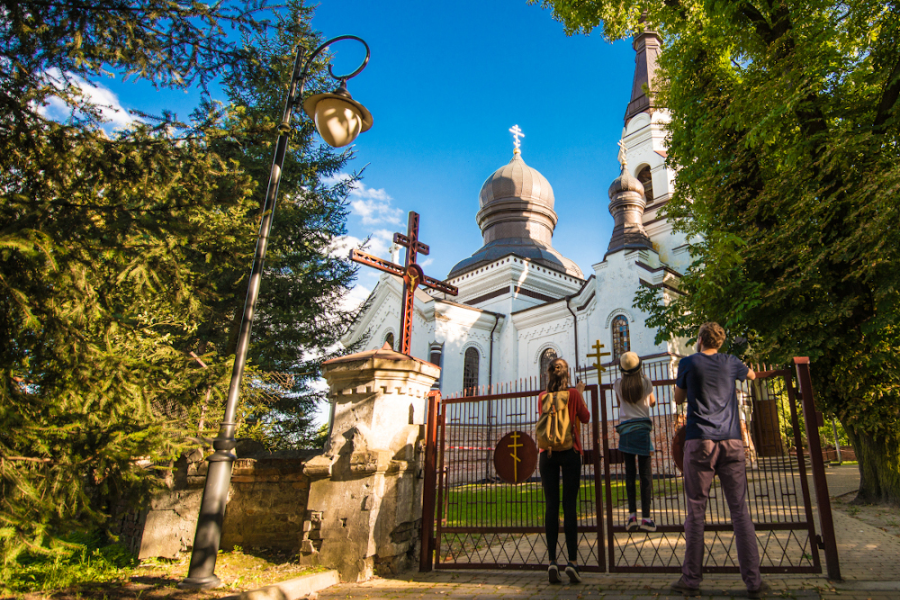

The Multicultural Current of the Bug River
The Multicultural Current of the Bug River is a land where cultures and borders meet, where the traditions of Orthodoxy, Catholicism, and Judaism merge. The multitude of cultural and religious monuments and sanctuaries featuring unique architecture is complemented by various cultural events. Healthy air, abundant greenery, the magic of Polesian landscapes, festivals, picturesque views, and the remoteness of the Bug River areas from large cities are qualities that will be appreciated by those who long for peace in close contact with nature.
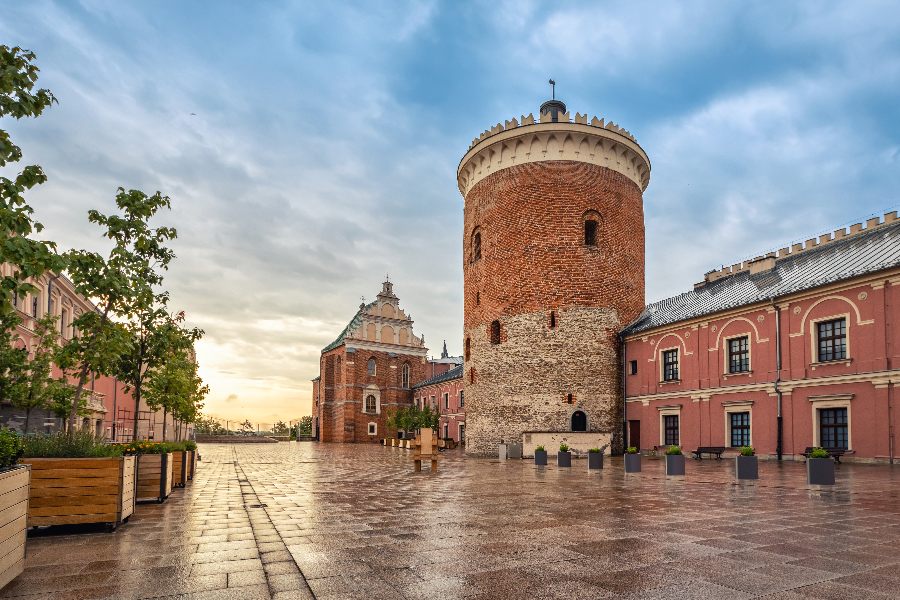
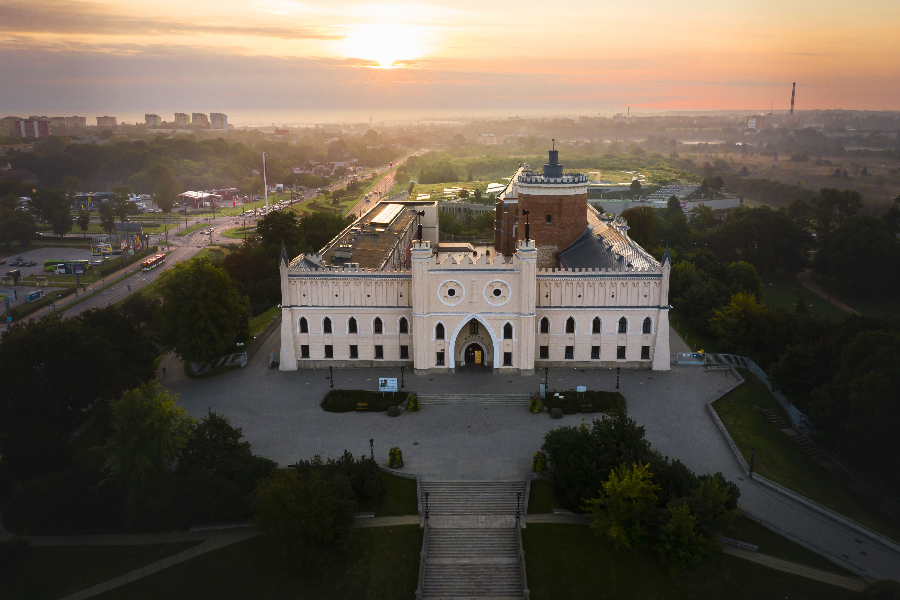
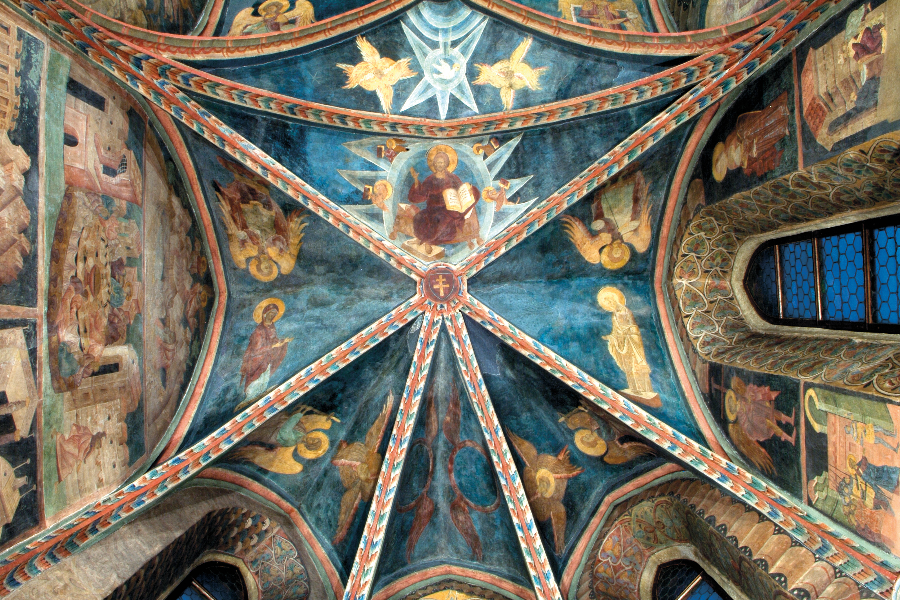
Lublin Castle & National Museum in Lublin
Lublin Castle, formerly a prison, is now home to the National Museum. It also houses the castle tower, which is one of the oldest buildings in the region, and the Holy Trinity Chapel with unique Byzantine-Ruthenian paintings from 15th century, awarded the European Heritage Label.
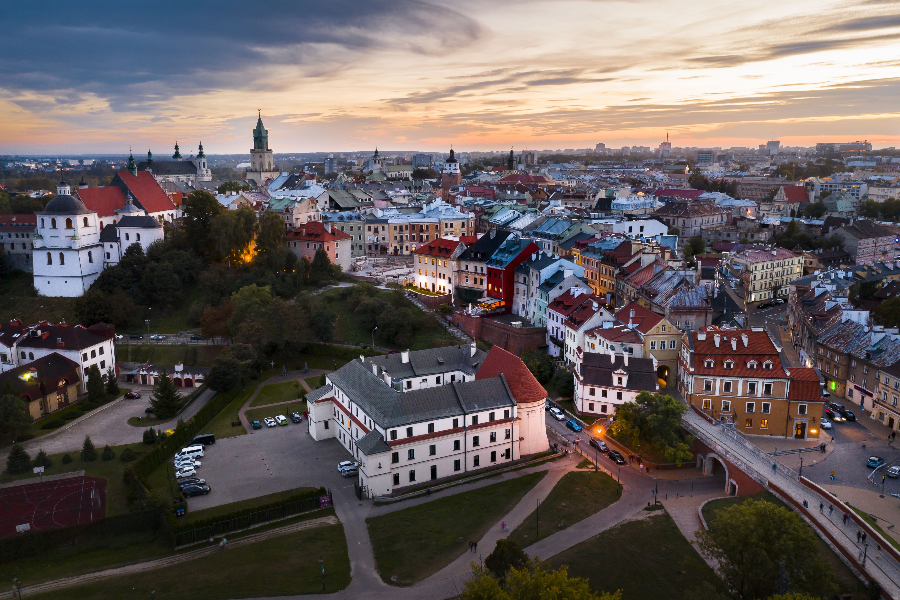
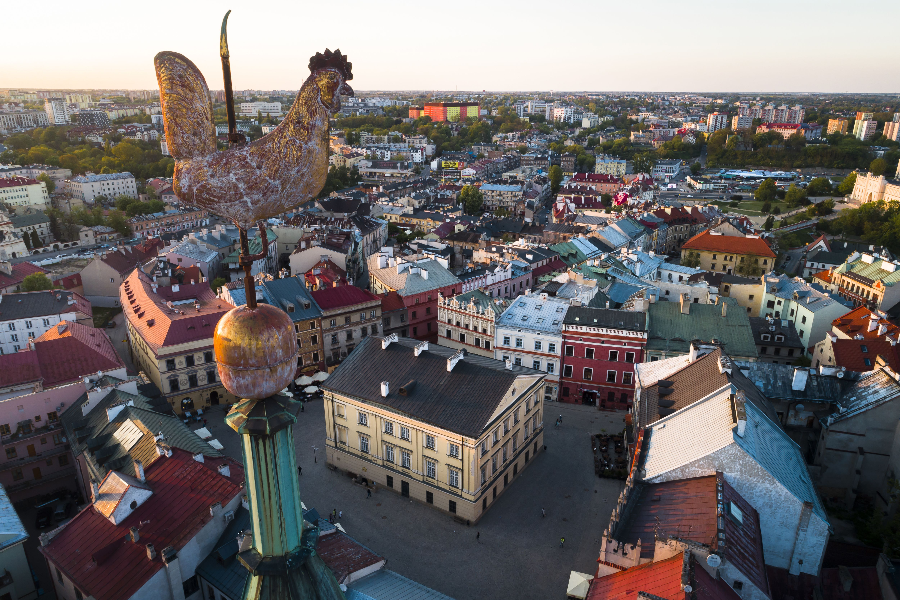
Old Town in Lublin
One of the oldest districts of Lublin, which impresses with the beauty of its colourful Renaissance townhouses and secrets hidden underground. There are several dozen monuments in less than a square kilometre!
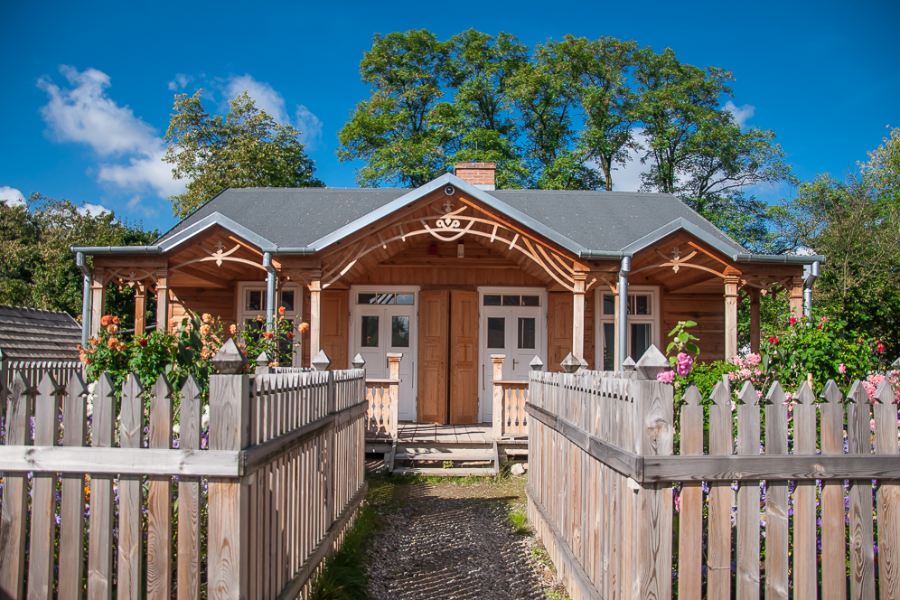
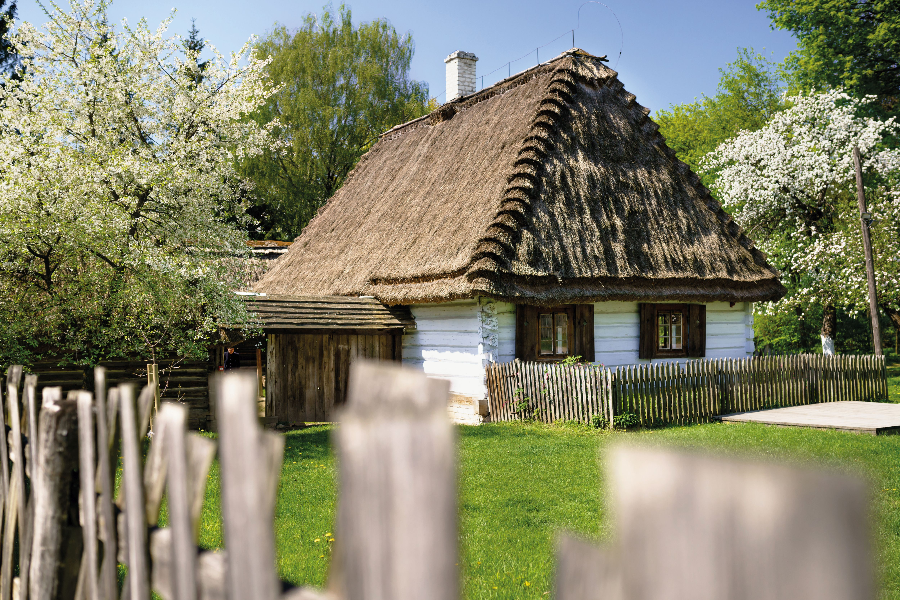
The Open Air Village Museum
A museum picturesquely located in the valley of the Czechówka River. It houses monuments of wooden and brick architecture and ethnographic collections from the Lublin region, and organises outdoor events based on folklore traditions and traditional works in the field.
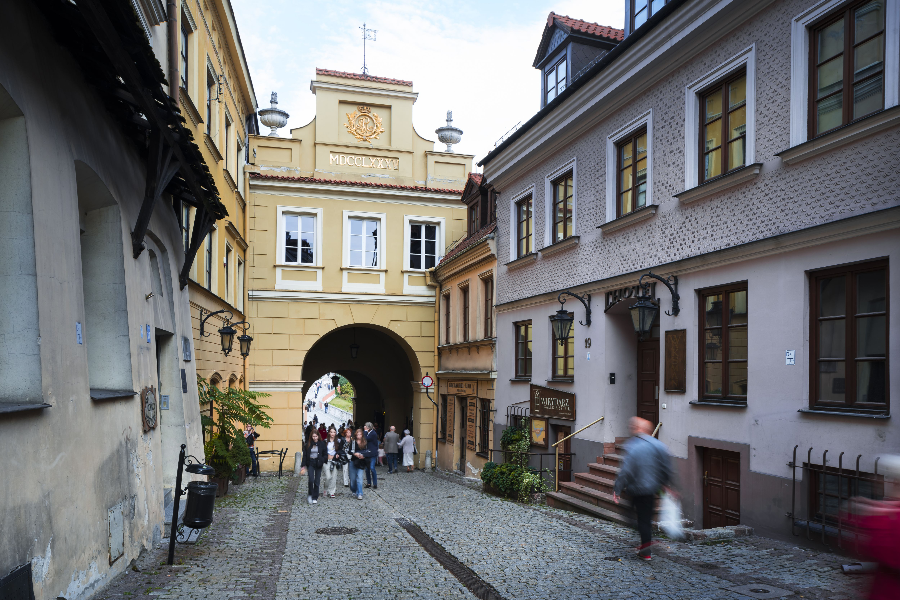
The Grodzka Gate - NN Theatre Centre
Grodzka Gate used to be a transition between a Christian and a Jewish parts of the city. Today it houses the institution that saves the memory of the non-existent Jewish community by exhibiting old photographs, documents and memories.
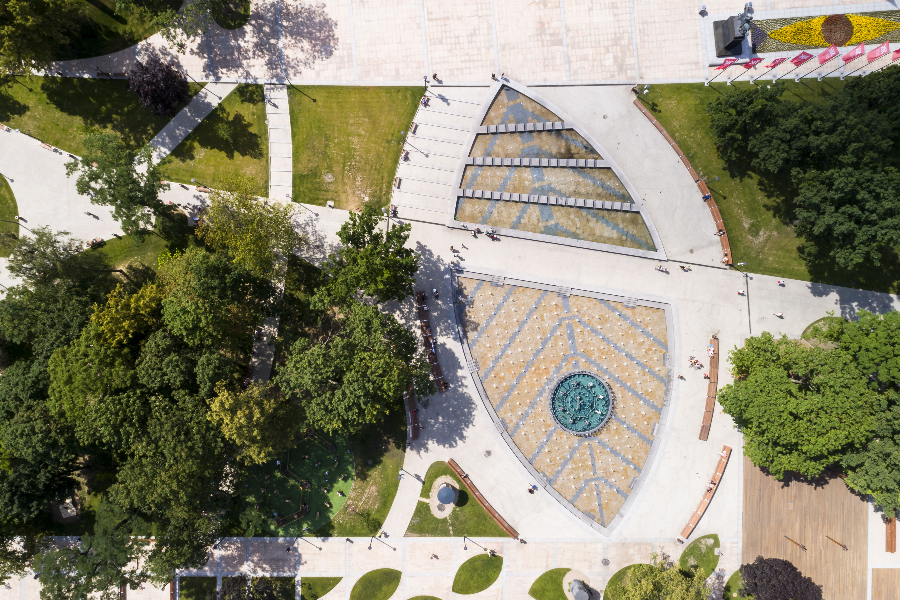
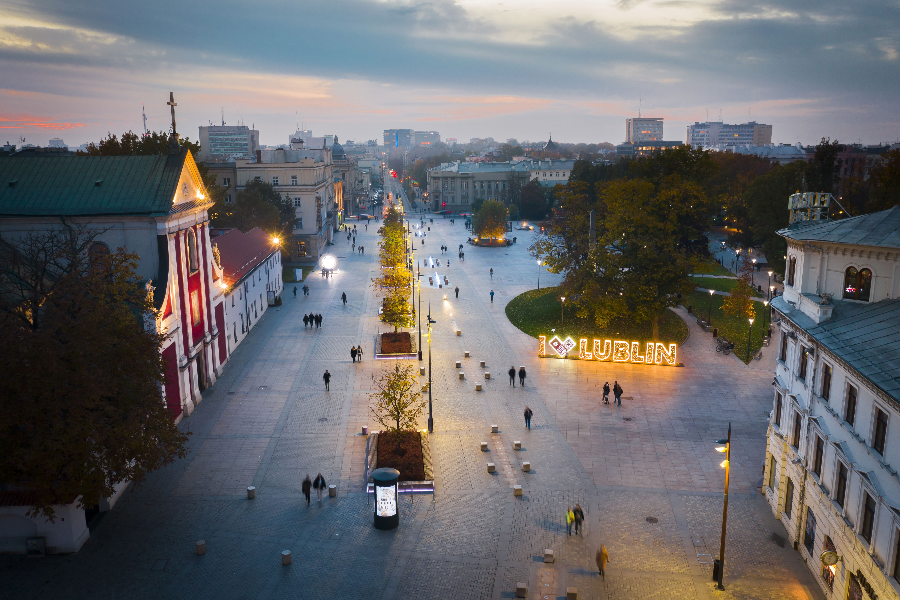
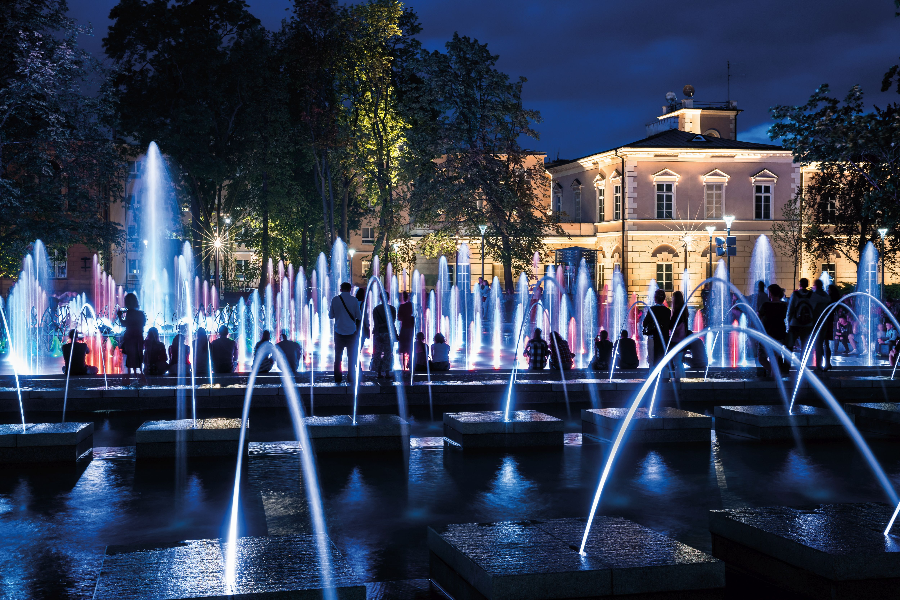
Lithuanian Square
Today, it is Lublin's most popular meeting place in the city centre. Here you can see important monuments to the city's history, a fountain where light shows are held in the summer, and a portal to Vilnius through which you can look into the city and wave to its residents.
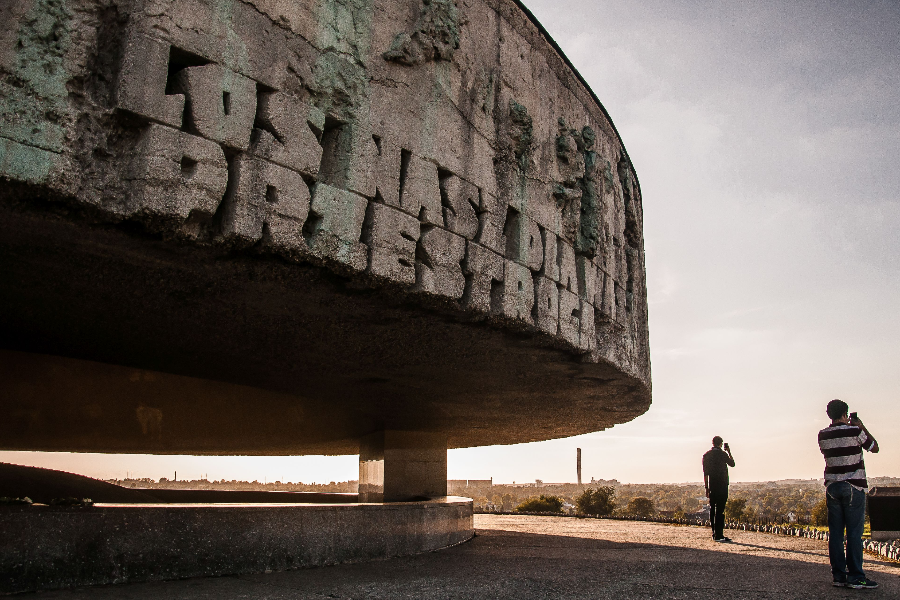
State Museum at Majdanek
State Museum at Majdanek – former German concentration camp, today the oldest museum in Europe commemorating the victims of the Second World War. The museum, which covers 90 hectares, contains around 70 historical objects.
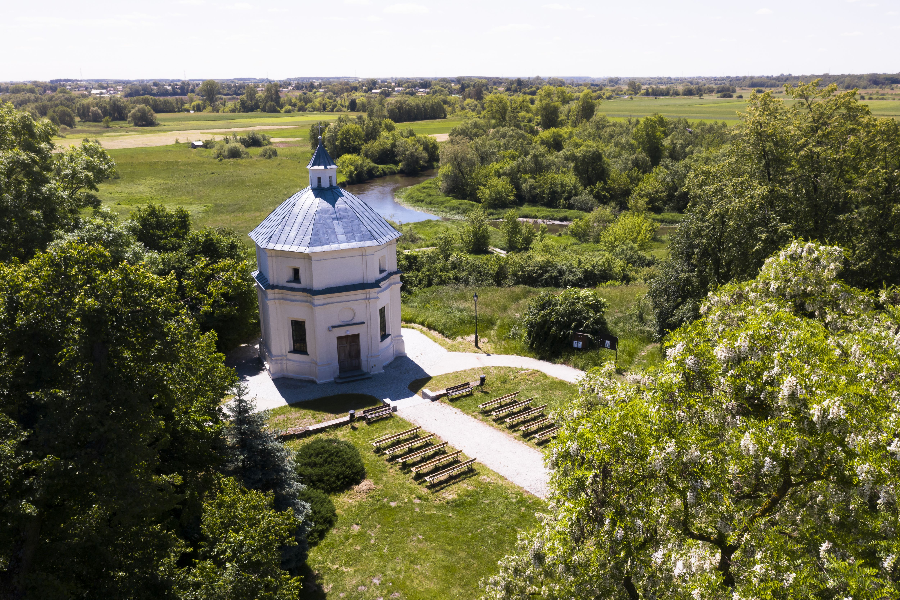
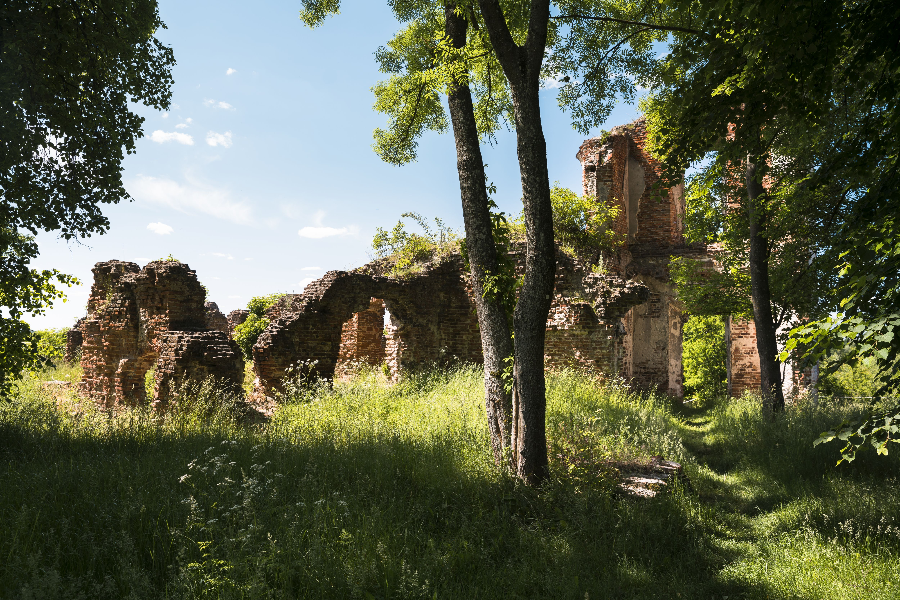
Zawieprzyce, Spiczyn commune
A picturesque village with a palace and park complex including, among others, castle ruins and a baroque chapel with polychrome from the 18th century. The beautiful meanders of the Wieprz River create amazing conditions for outdoor activities, including kayaking.
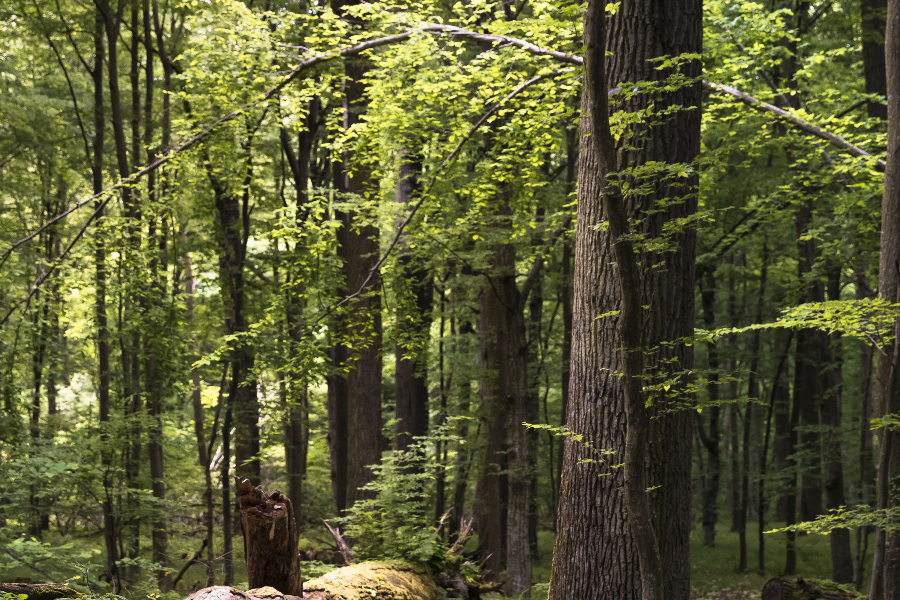
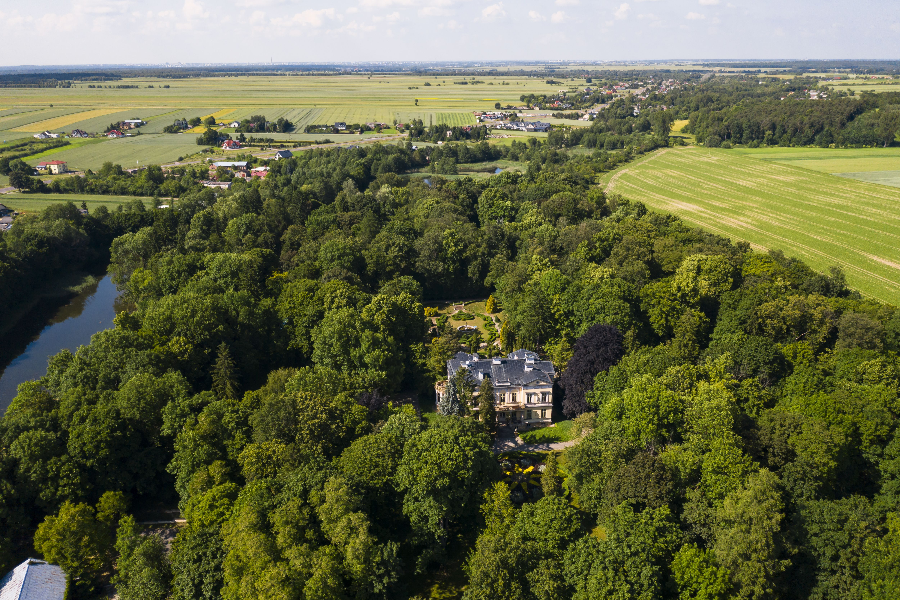
Jablonna commune
A commune located south of Lublin is perfect for those who are looking for sightseeing of architectural monuments combined with outdoor activities. There is a part of the Krzczonowski Landscape Park with two nature reserves and numerous cycling and walking trails.
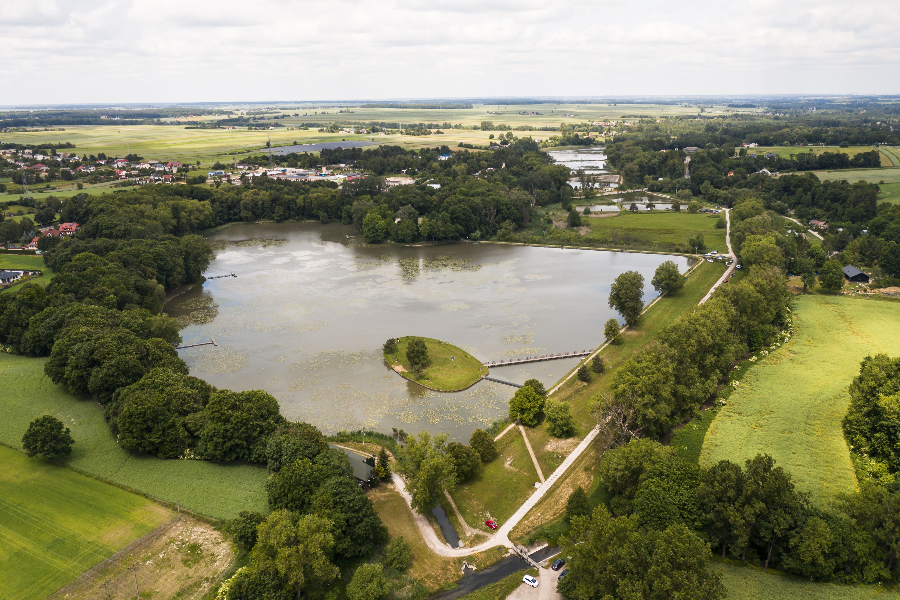
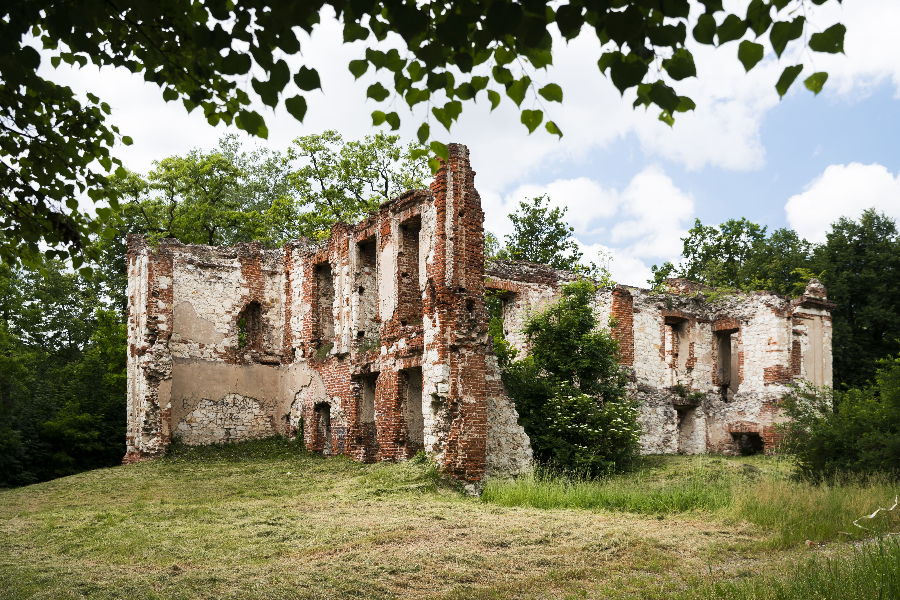
Bychawa commune
Bychawa commune - on the one hand, it is a place rich in green areas ideal for outdoor activities and, on the other, full of monuments testifying to its multicultural history. Today, you can see numerous traces of the Jewish community and places connected with its culture, as well as several centuries-old monuments.
Book the Best Activities with Get Your Guide
Members' reviews on LUBLIN REGIONAL TOURIST ORGANIZATION
The ratings and reviews below reflect the subjective opinions of members and not the opinion of The Little Witty.
